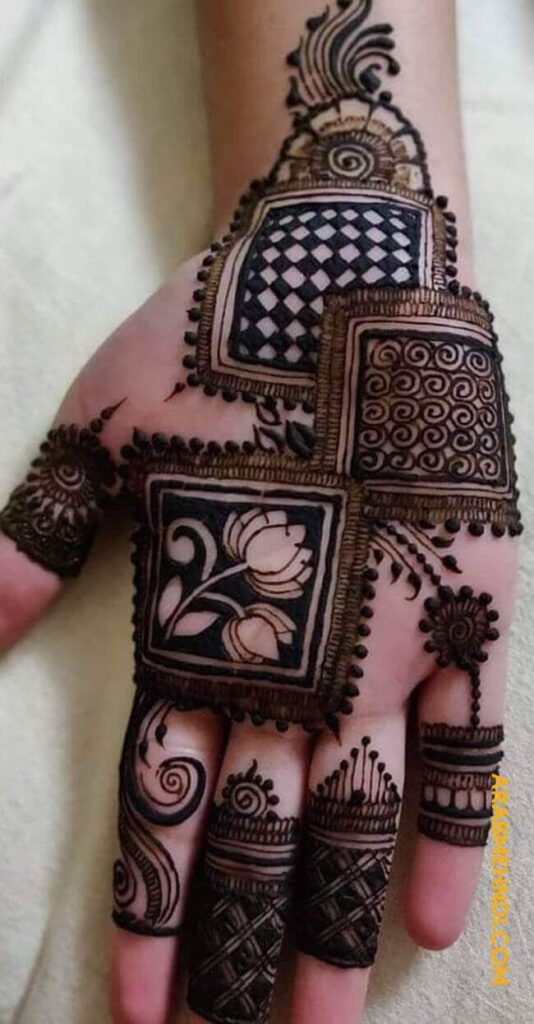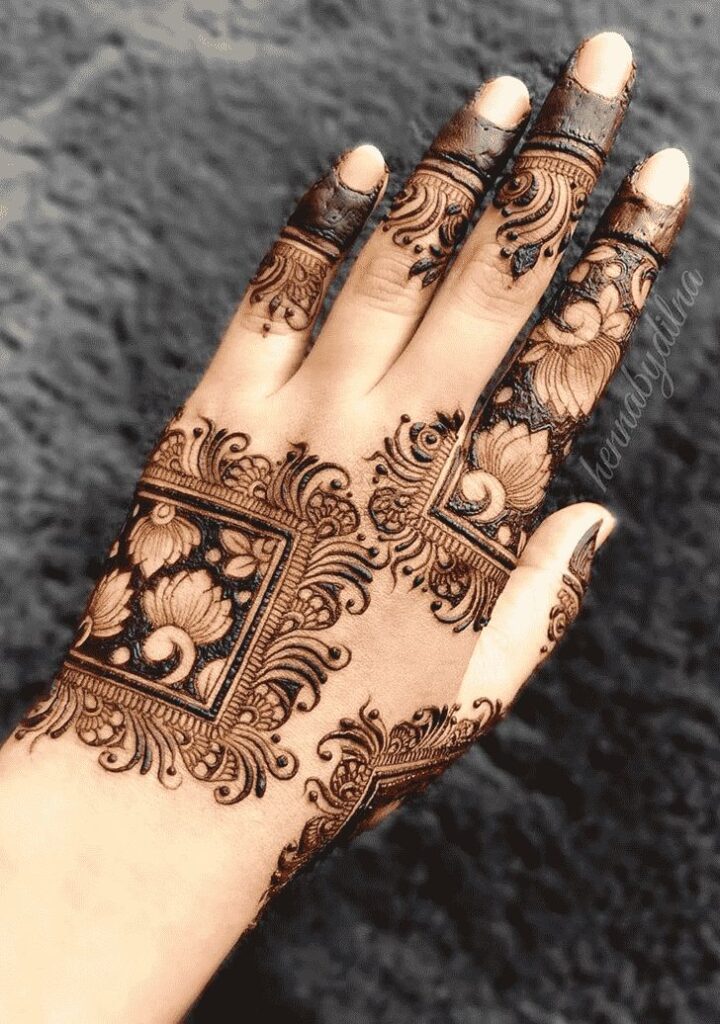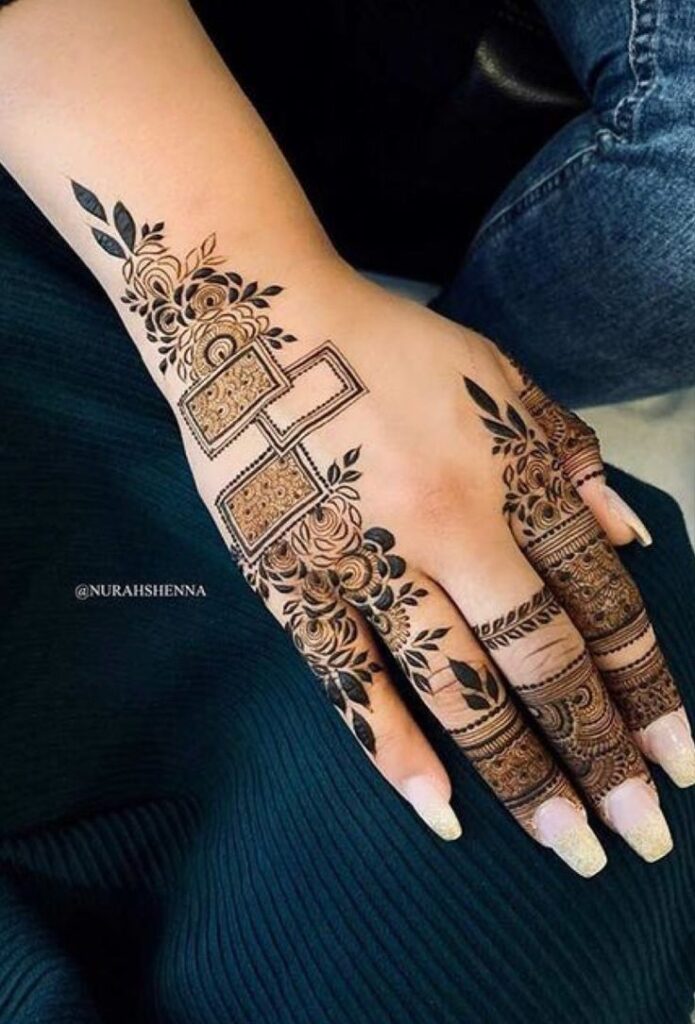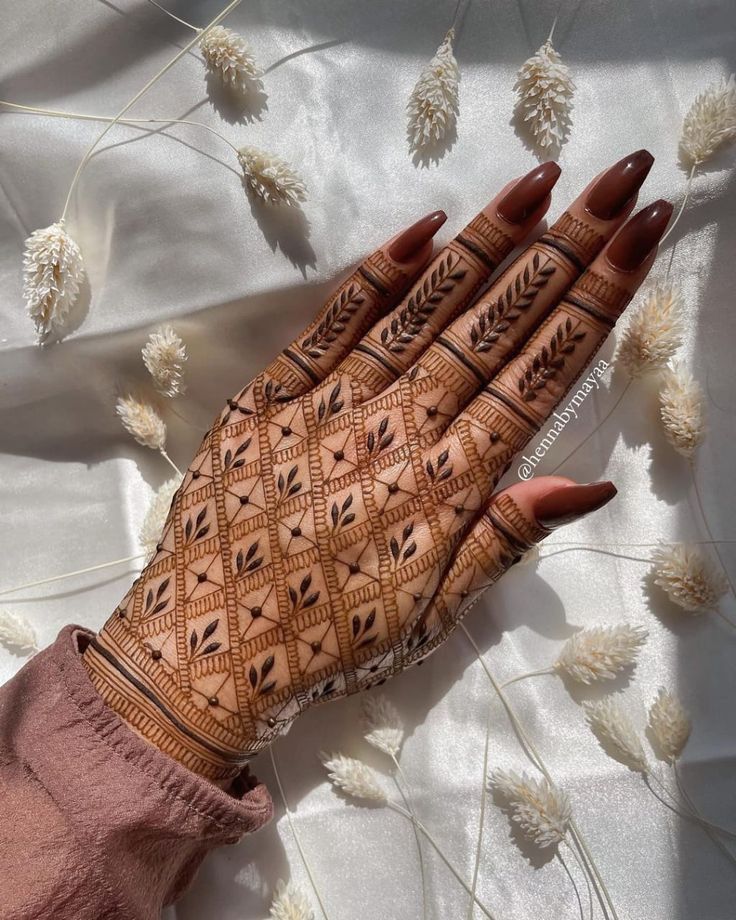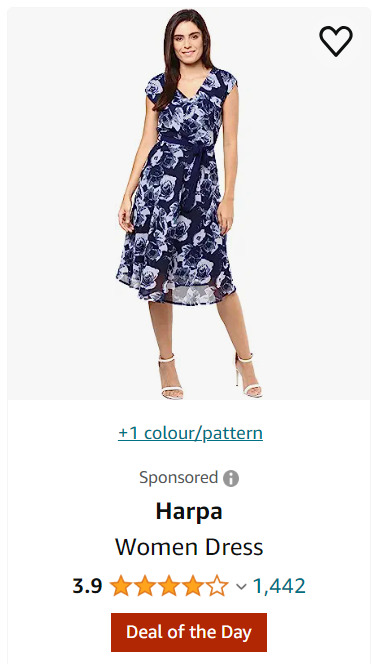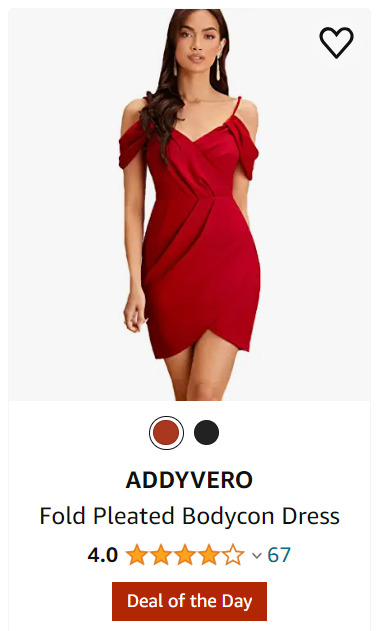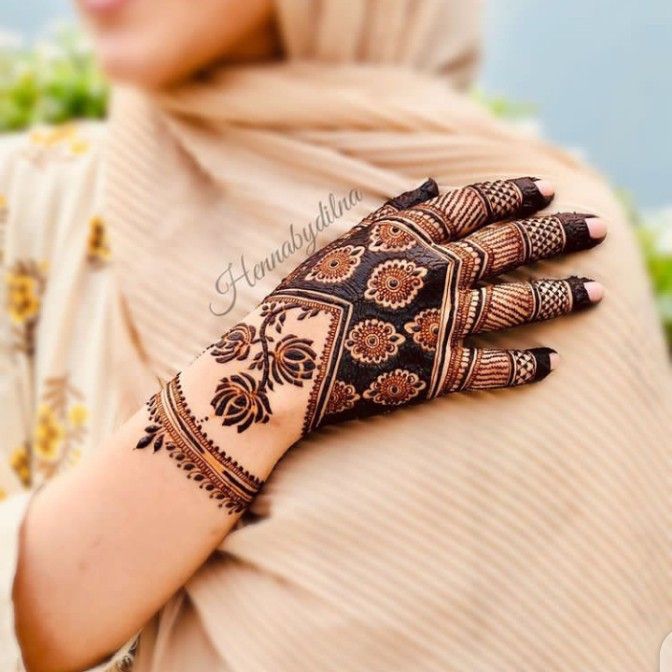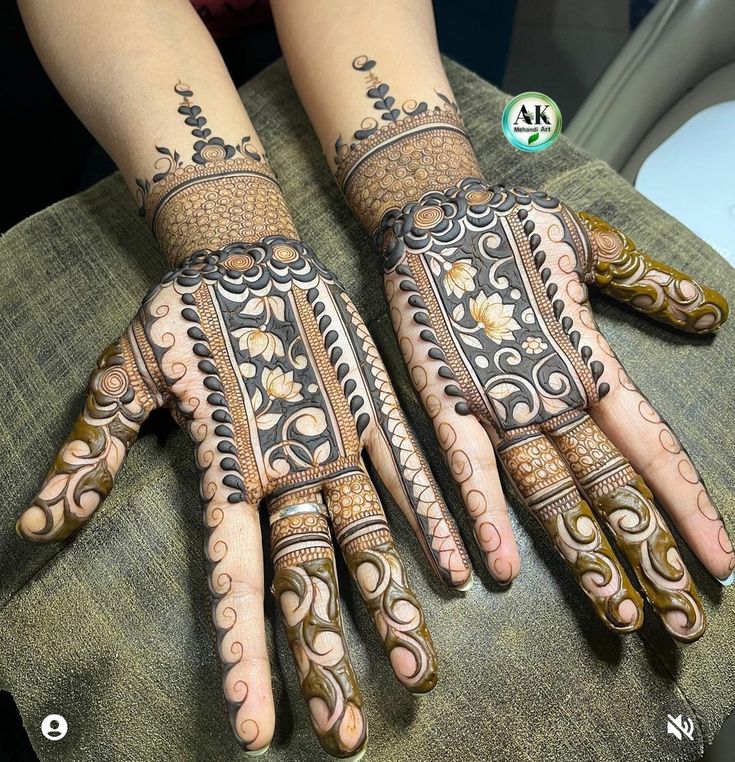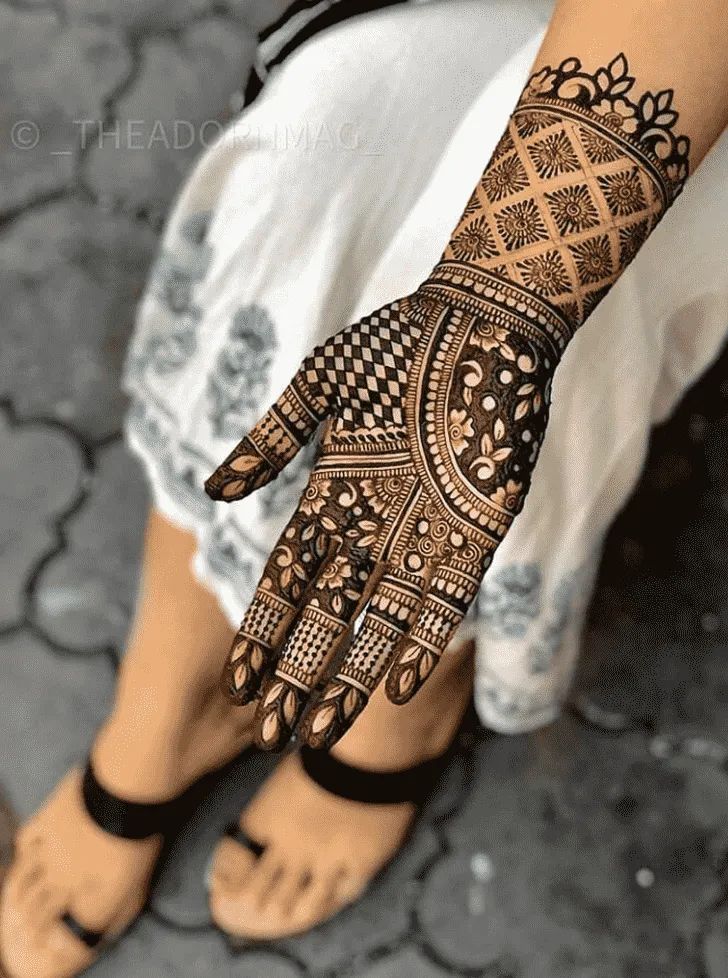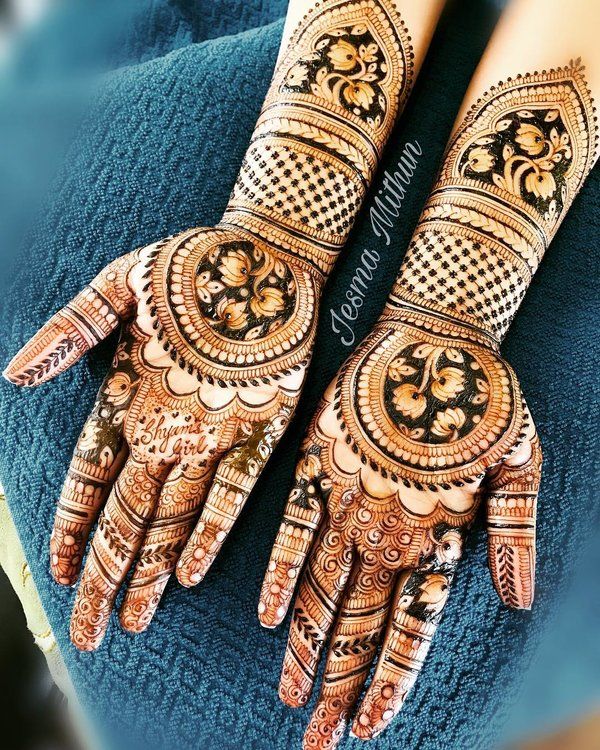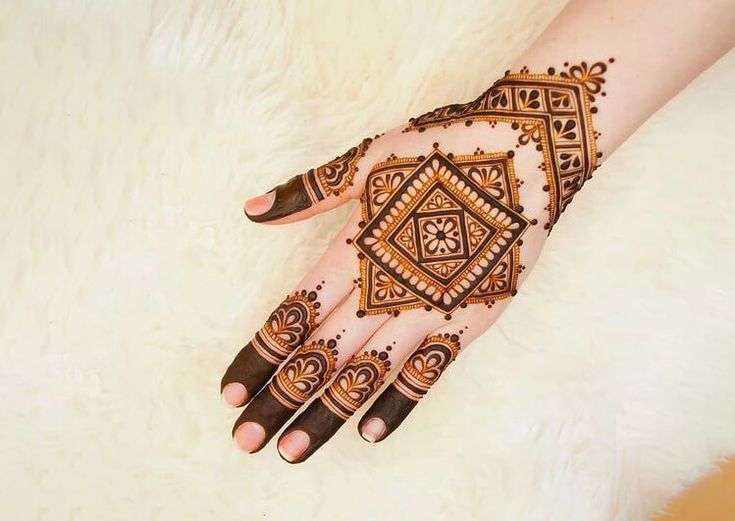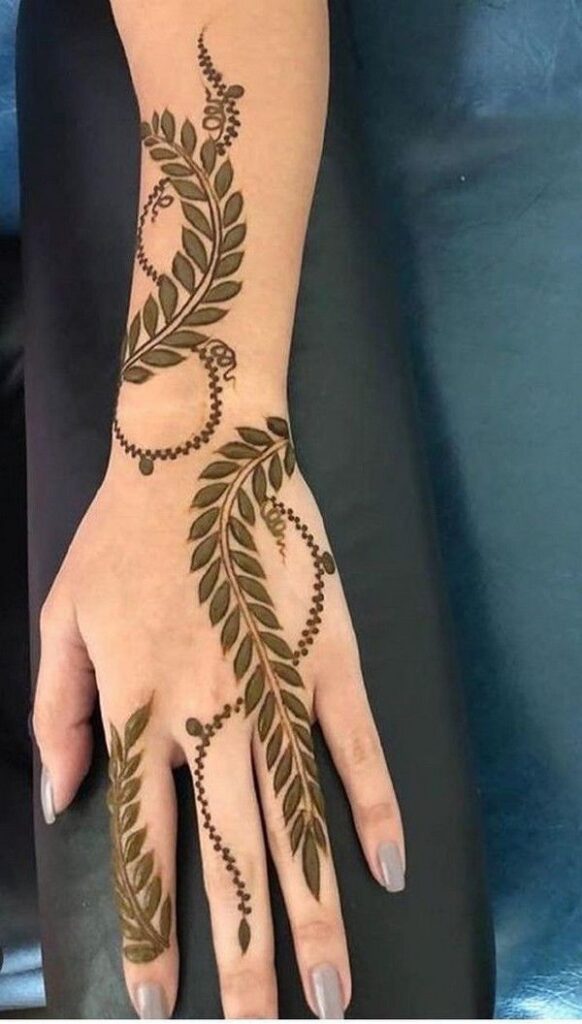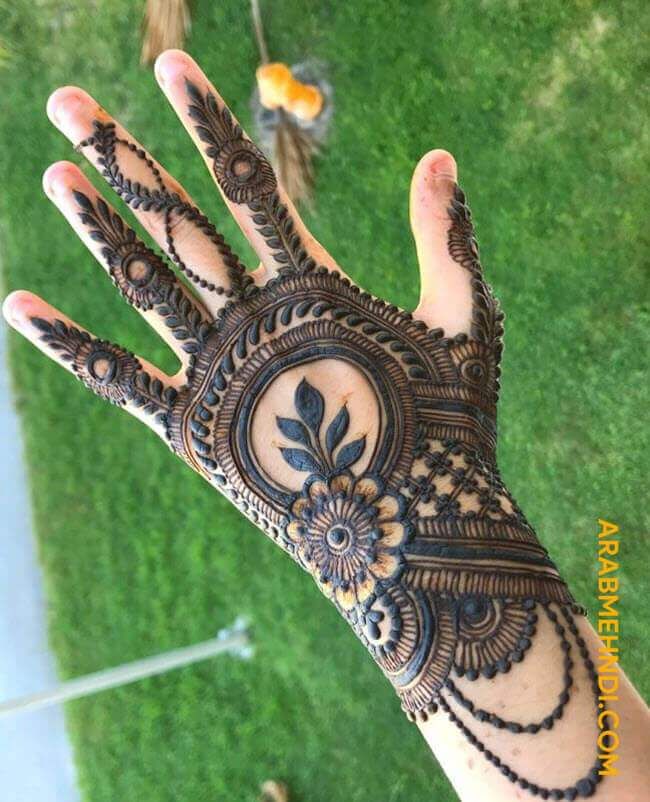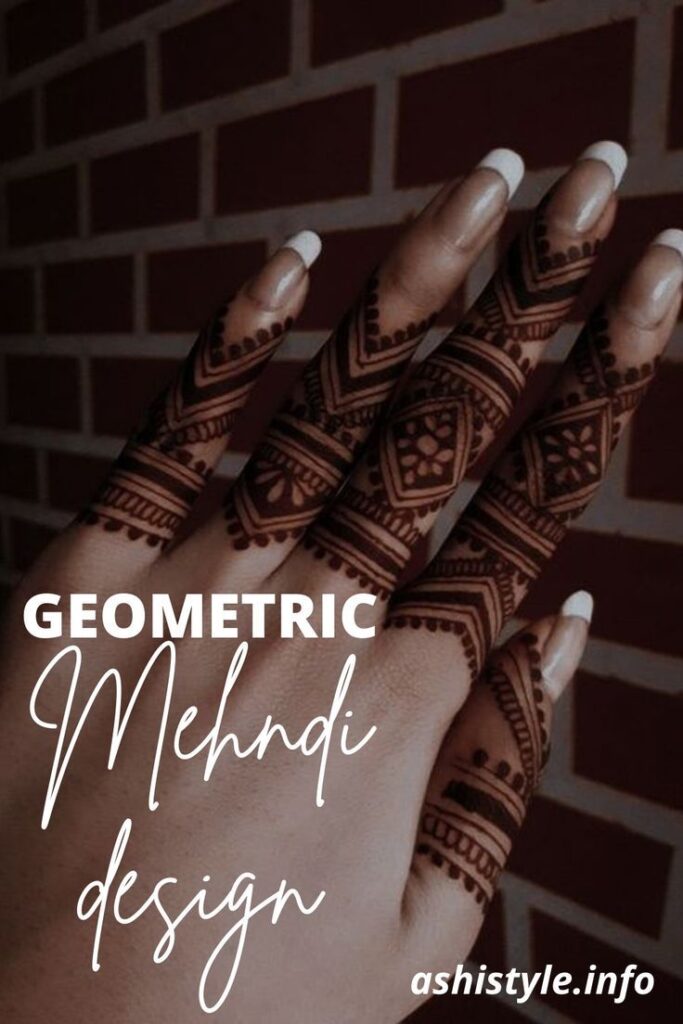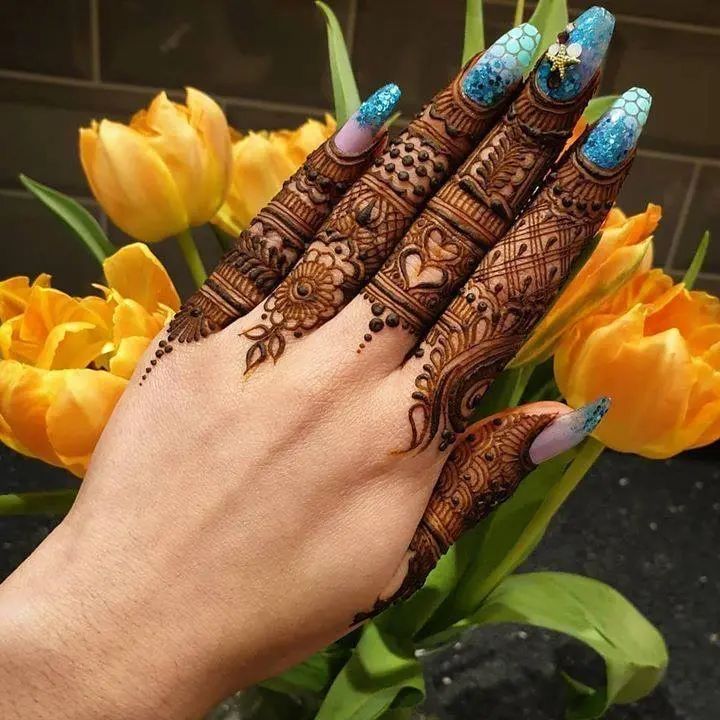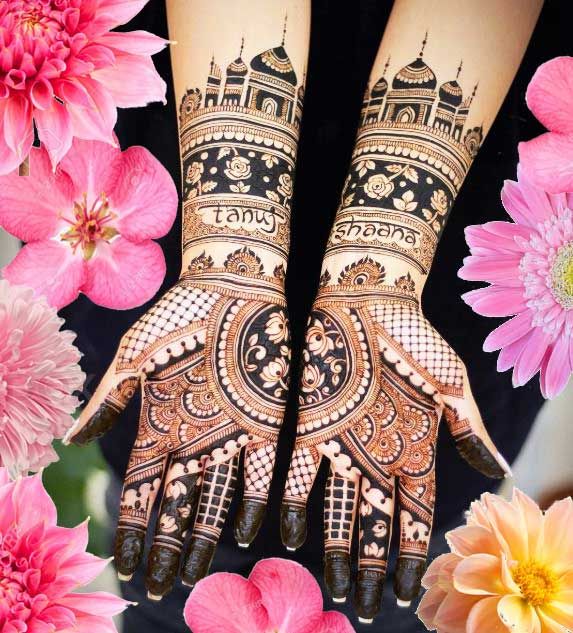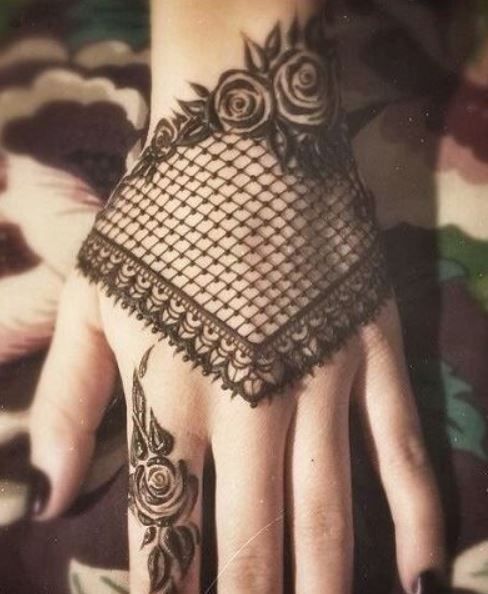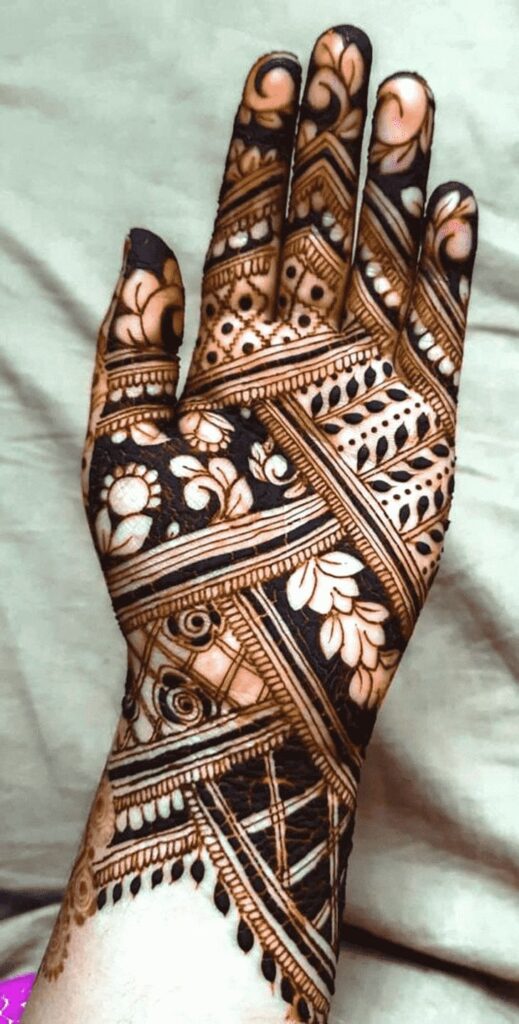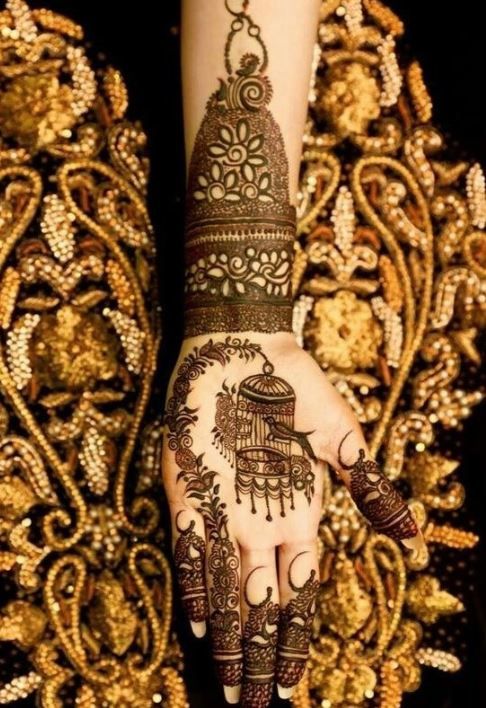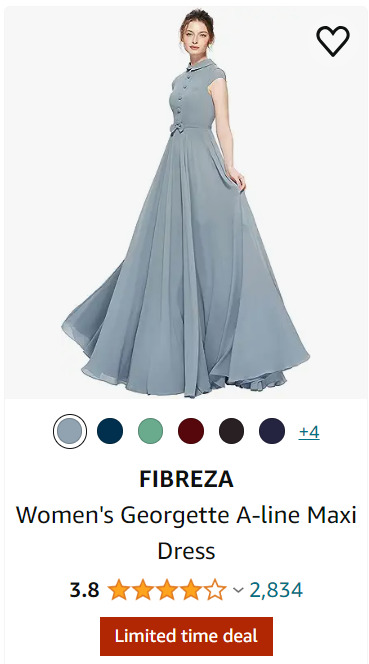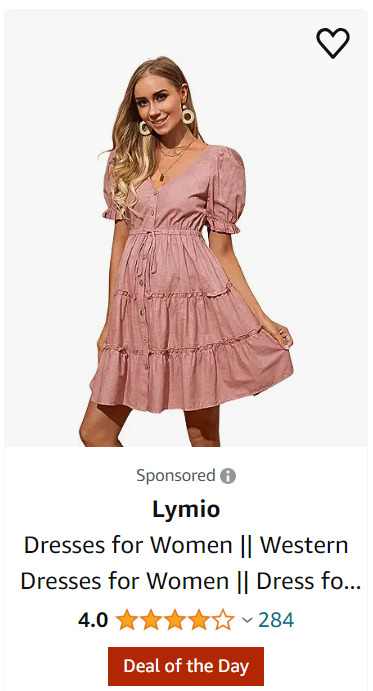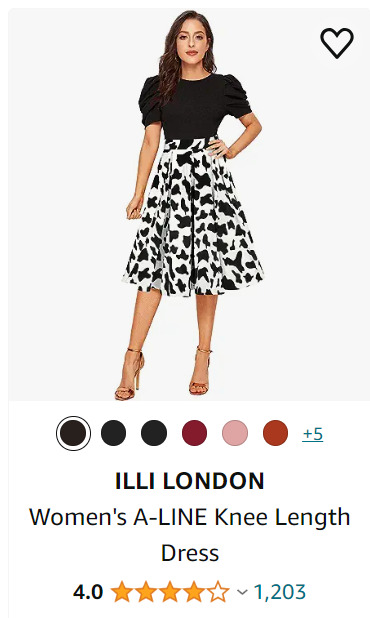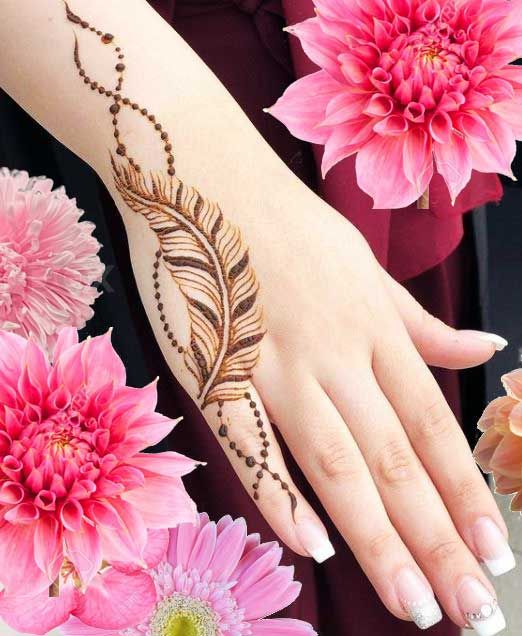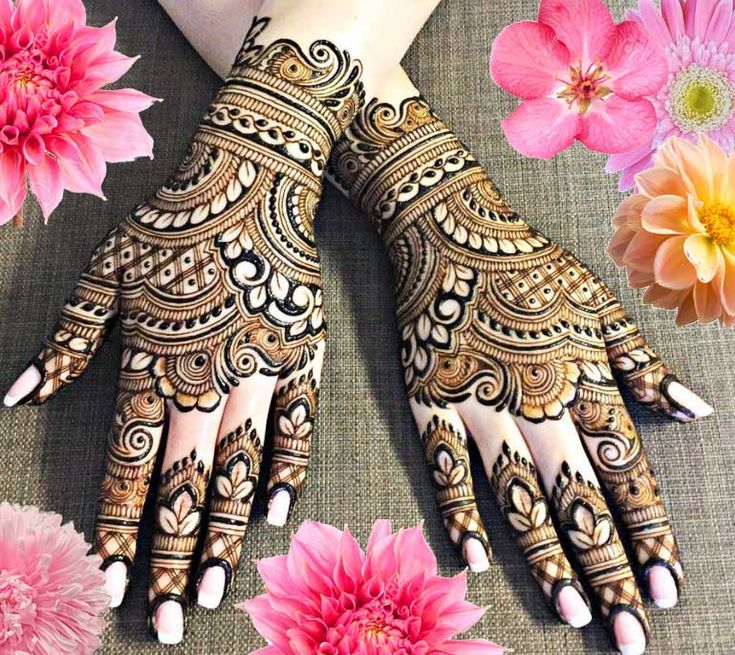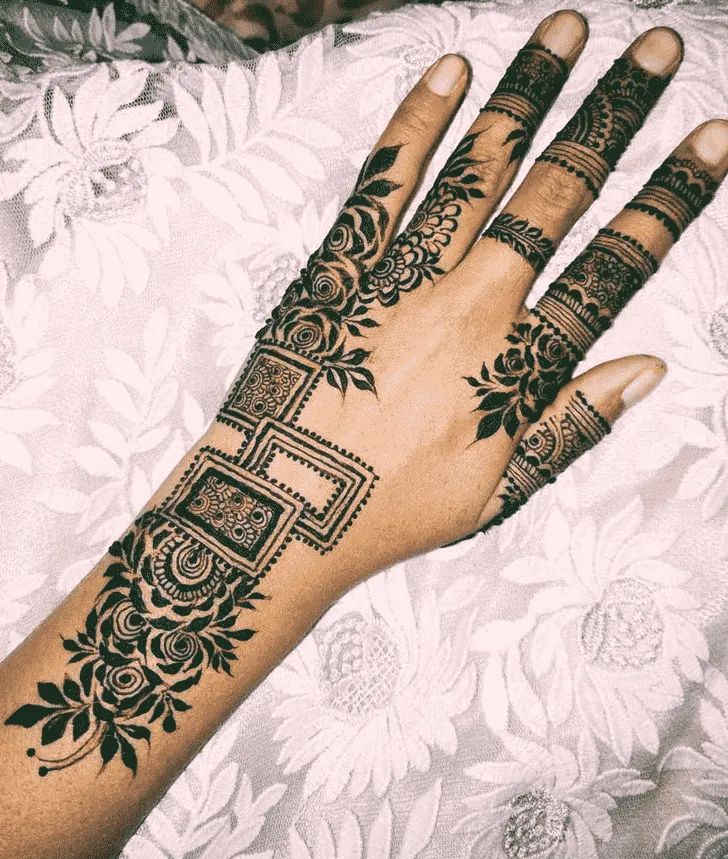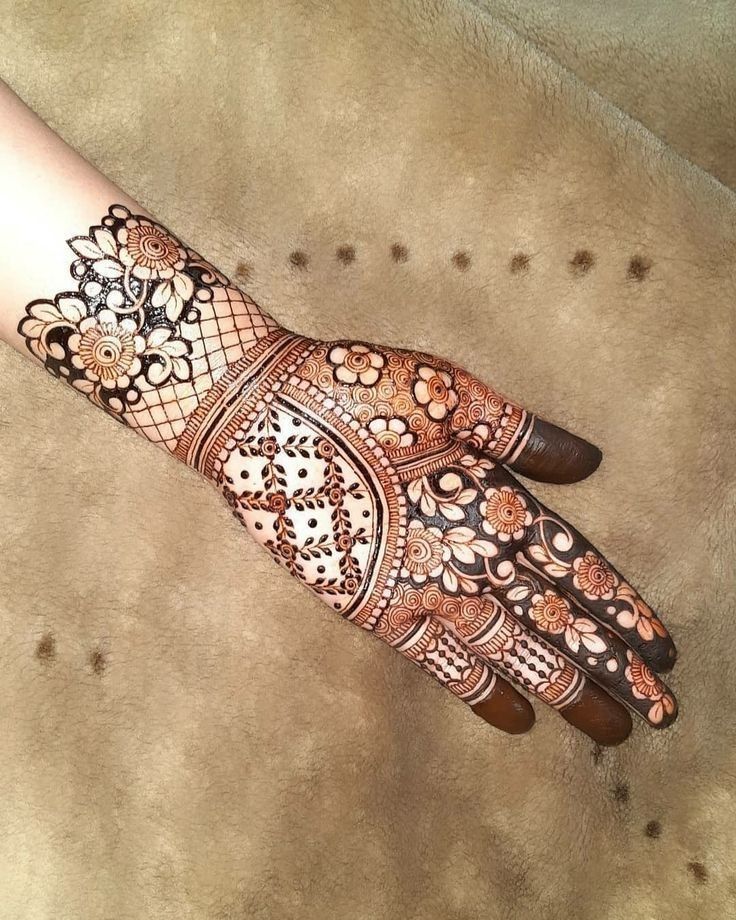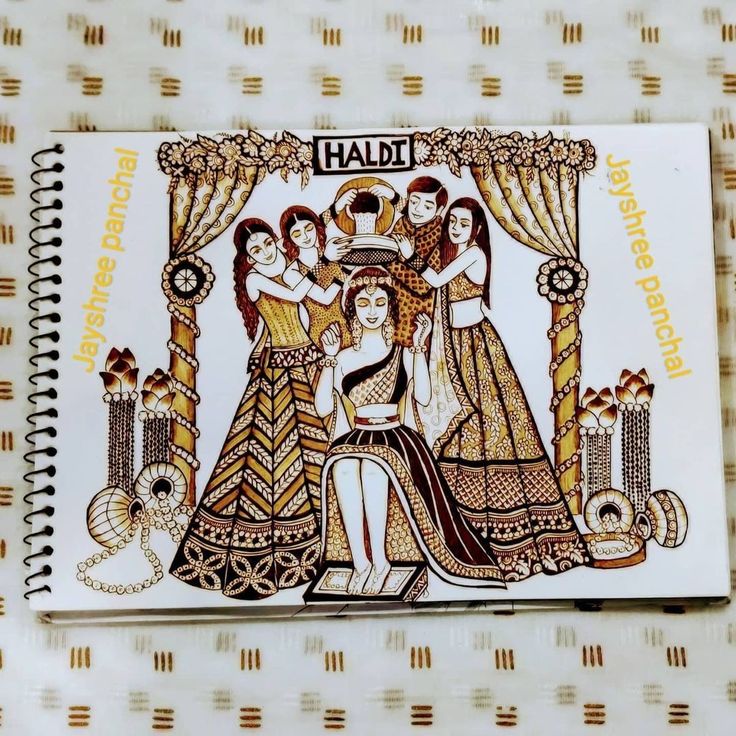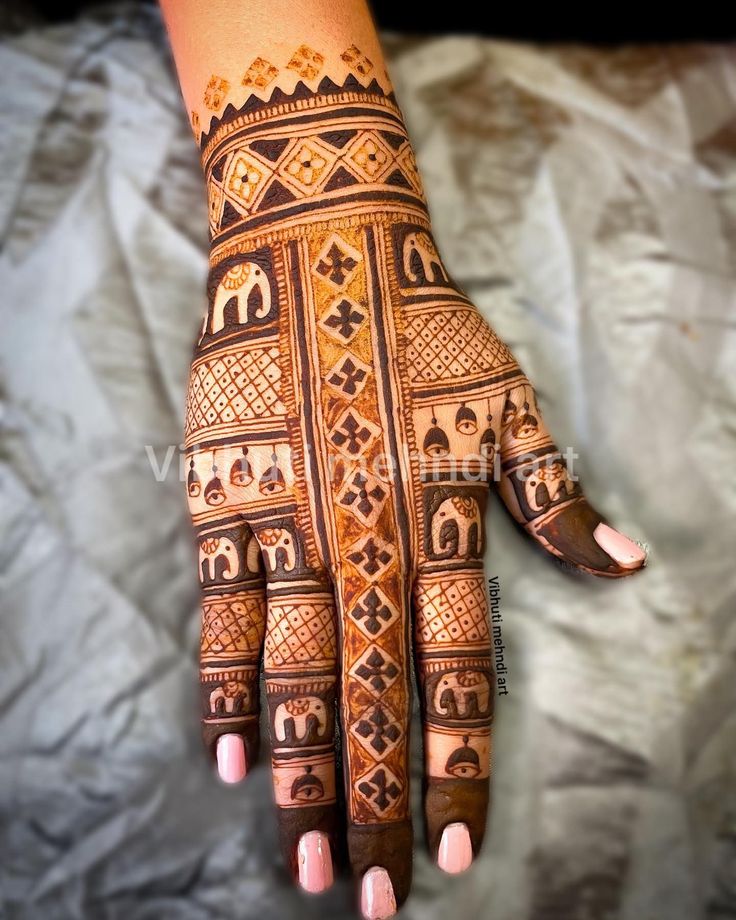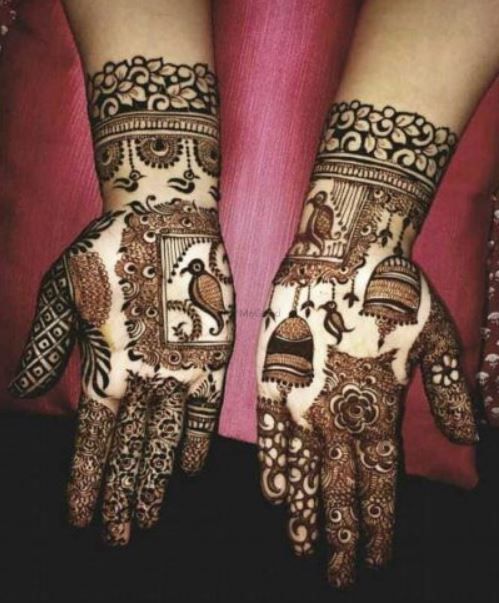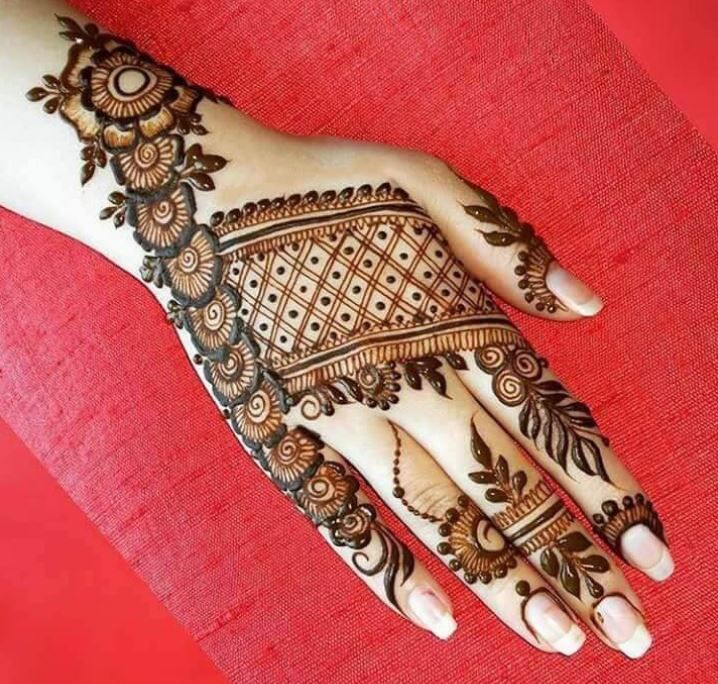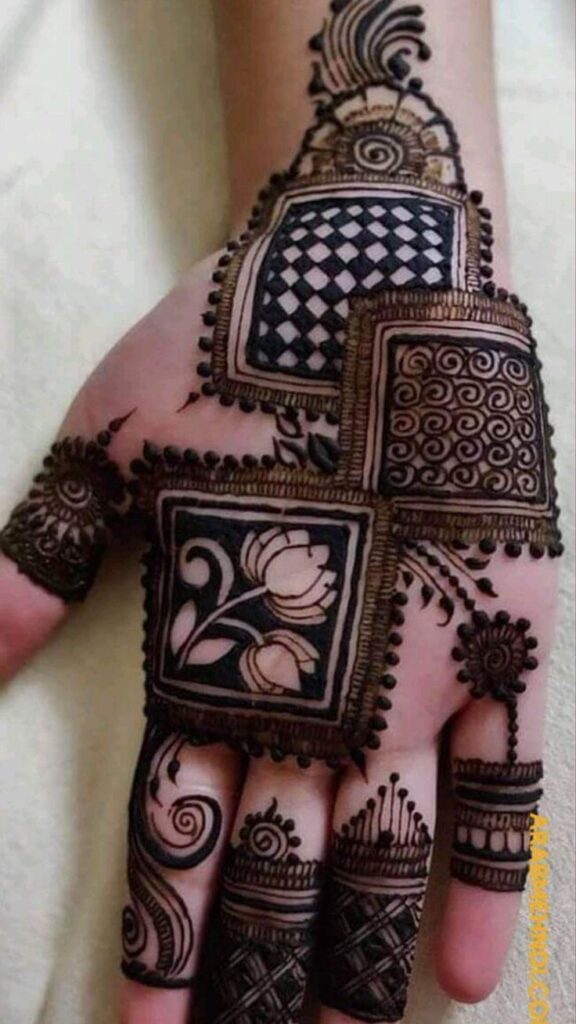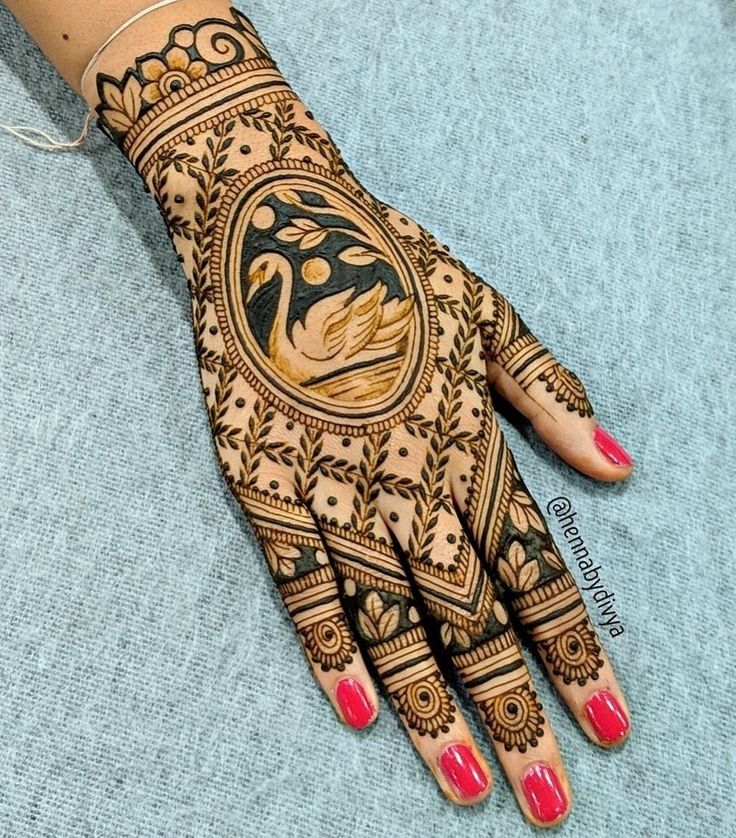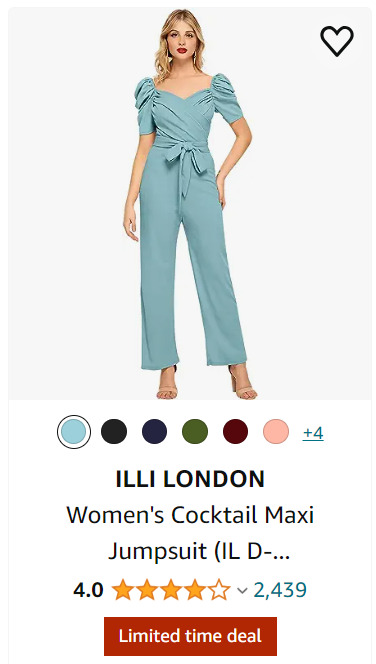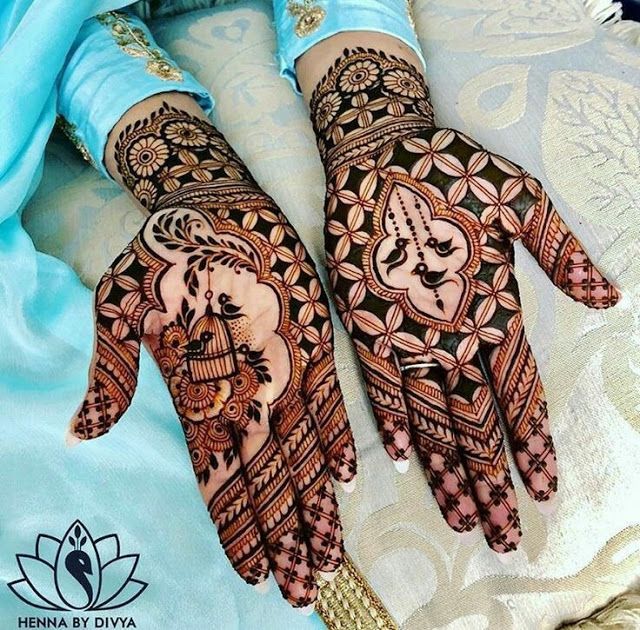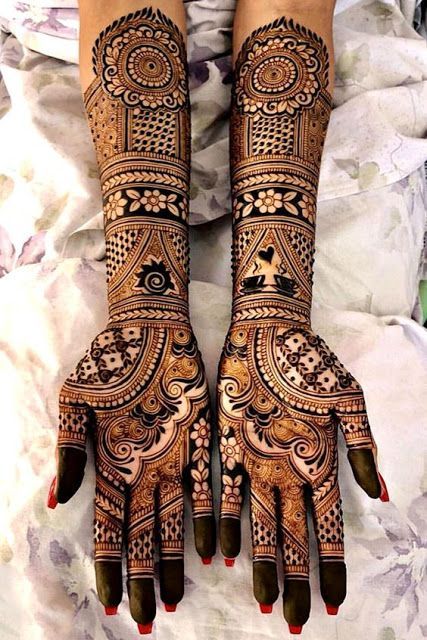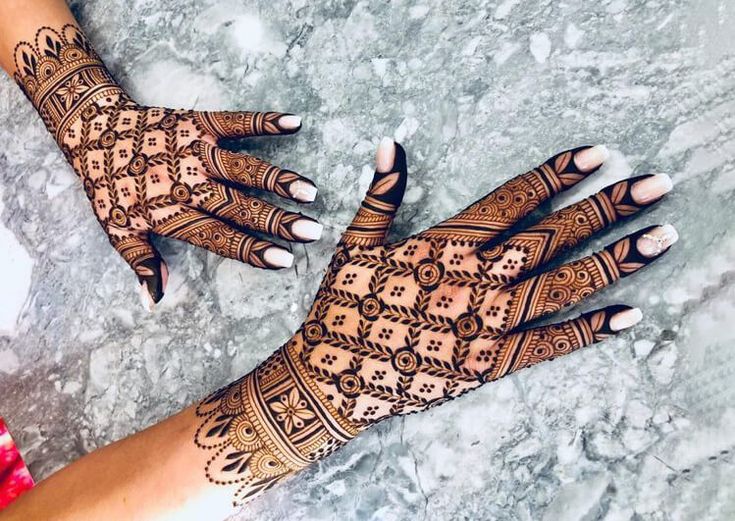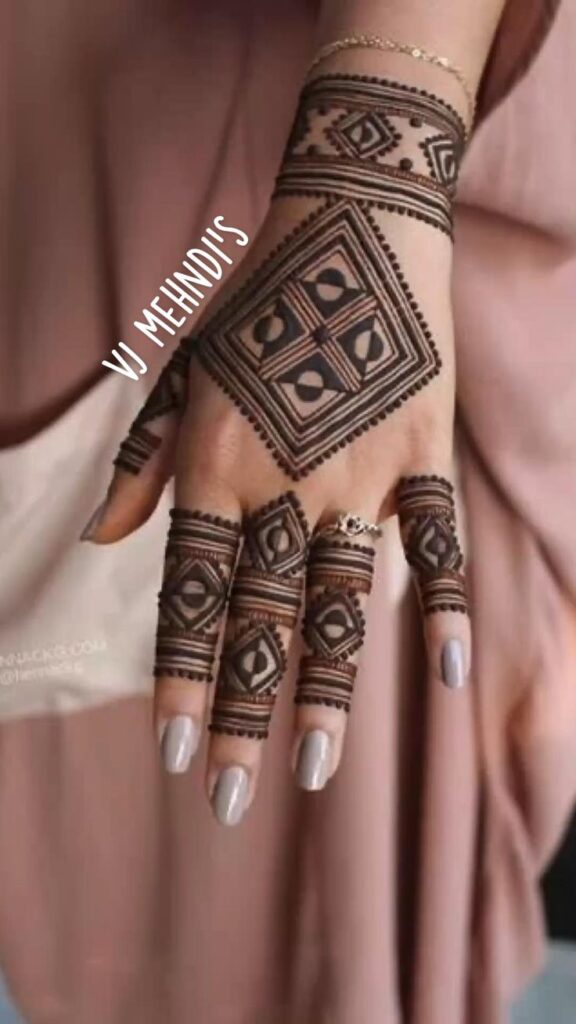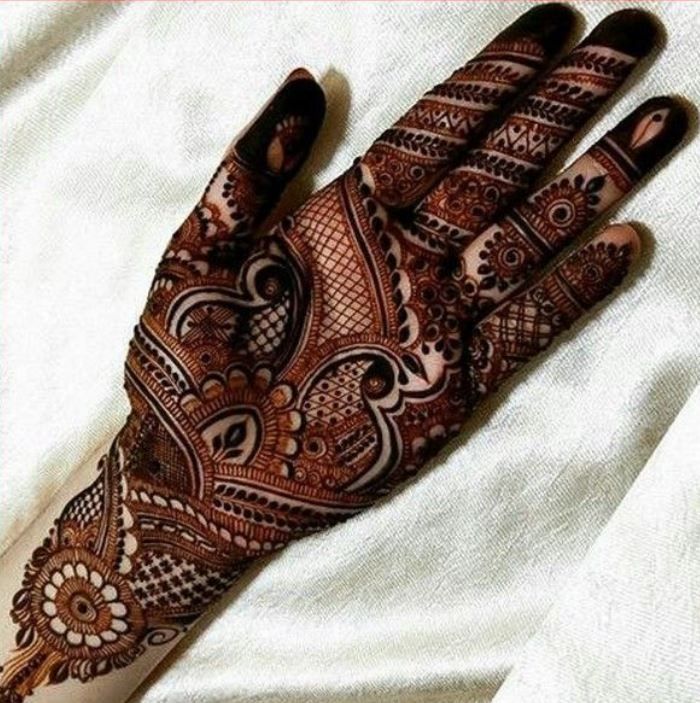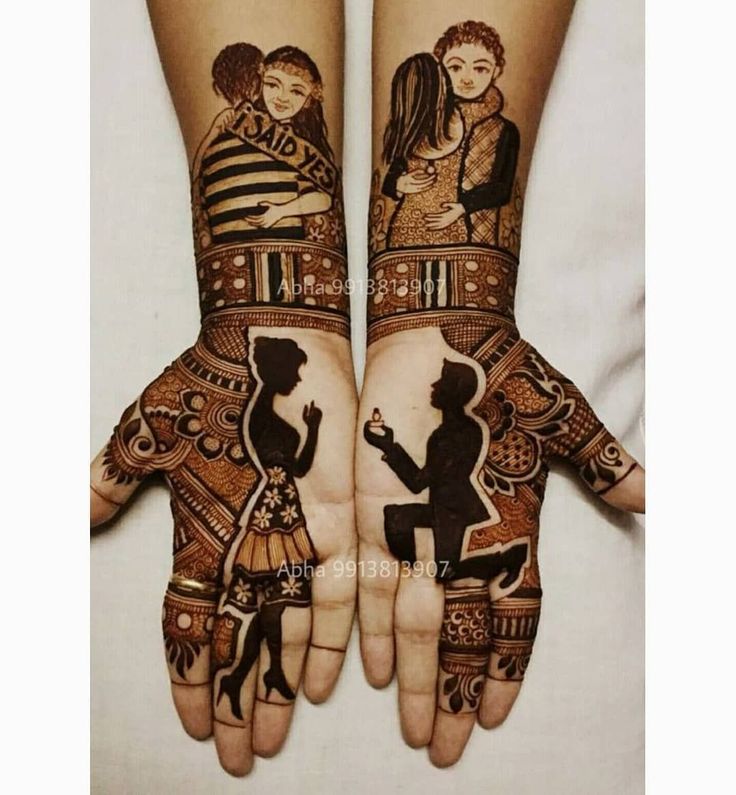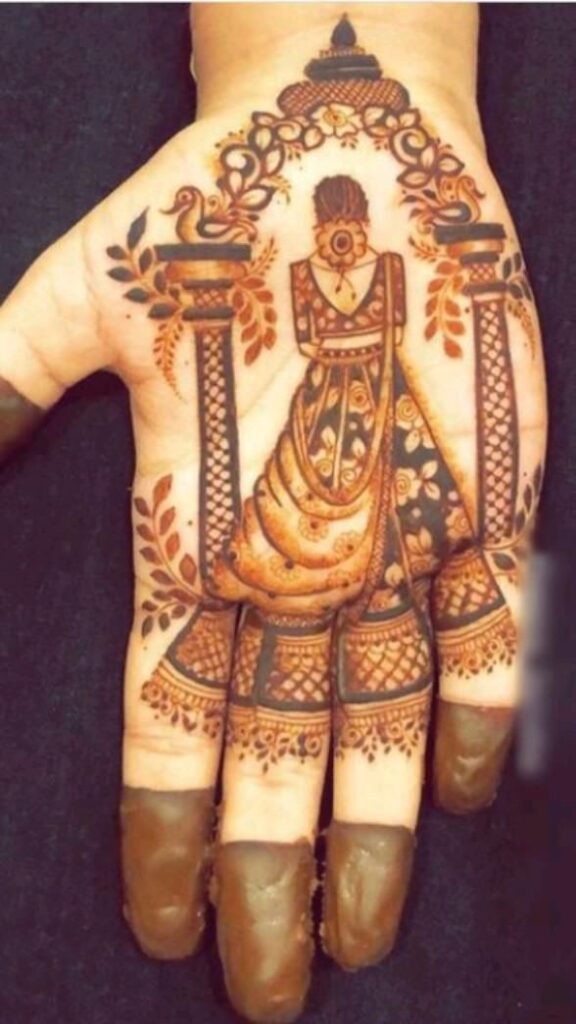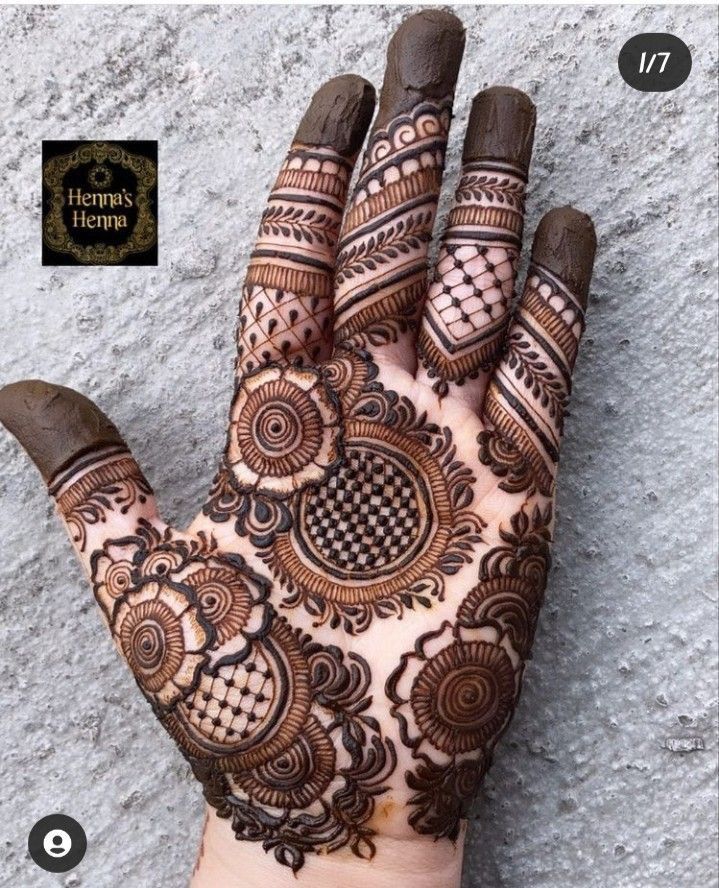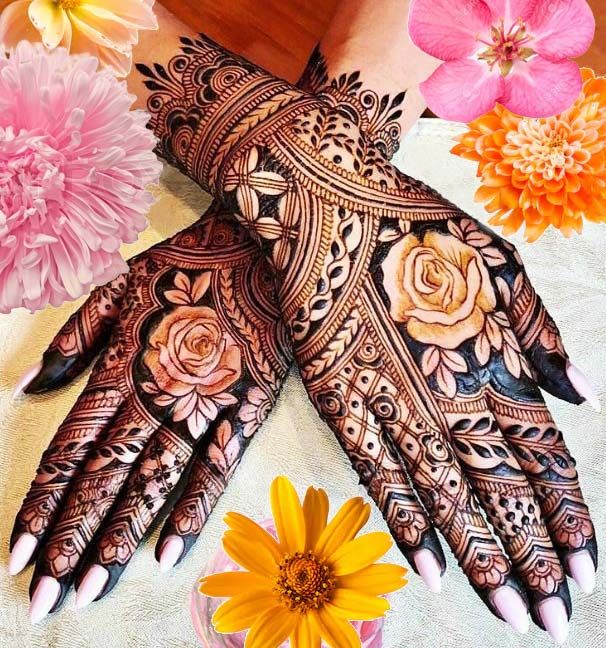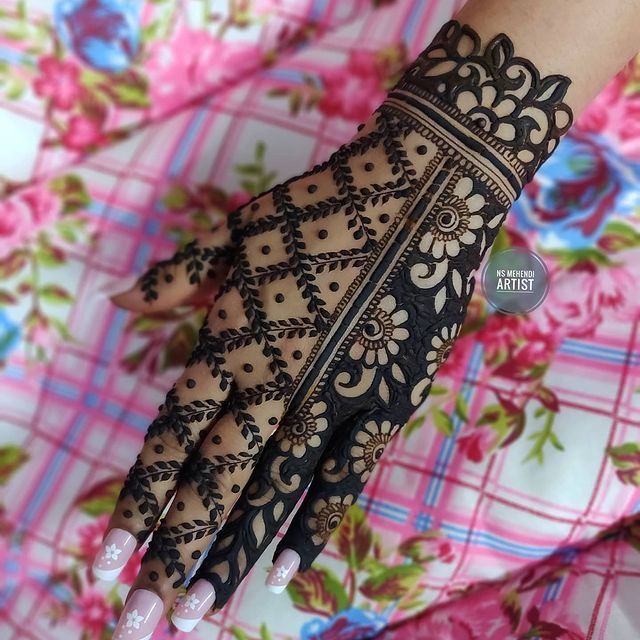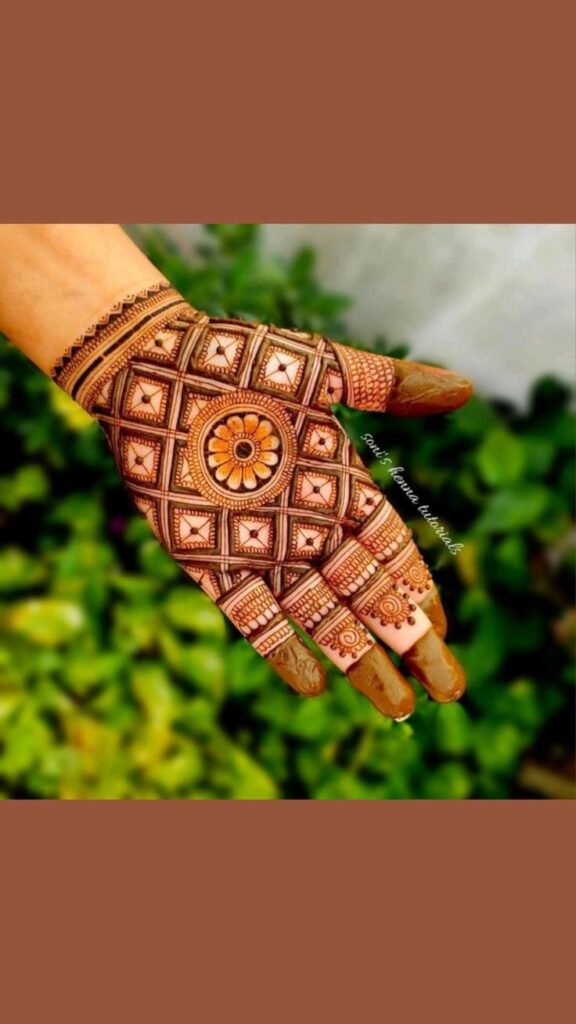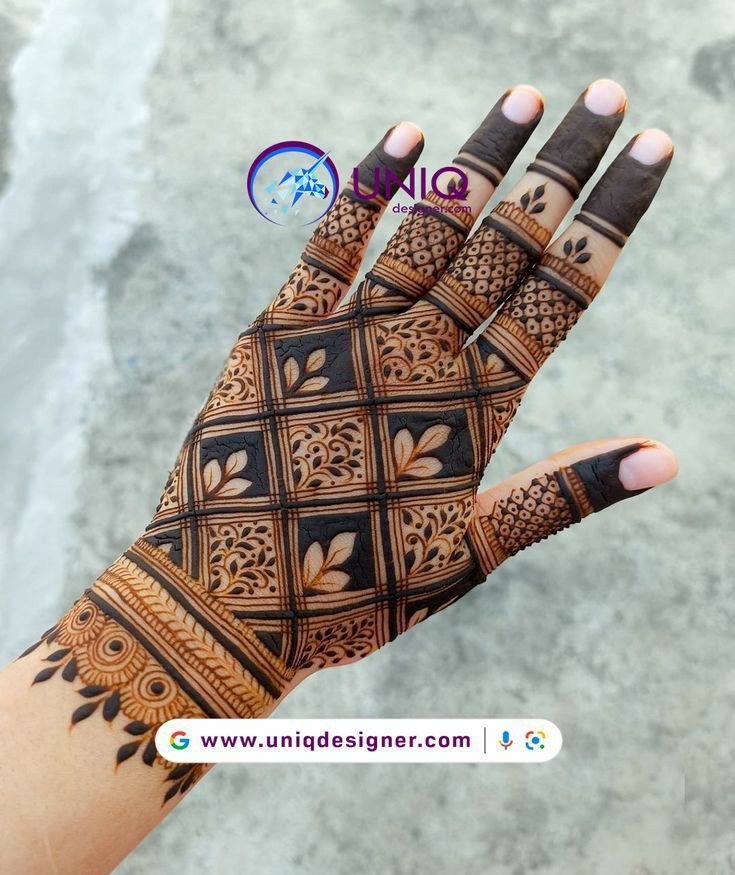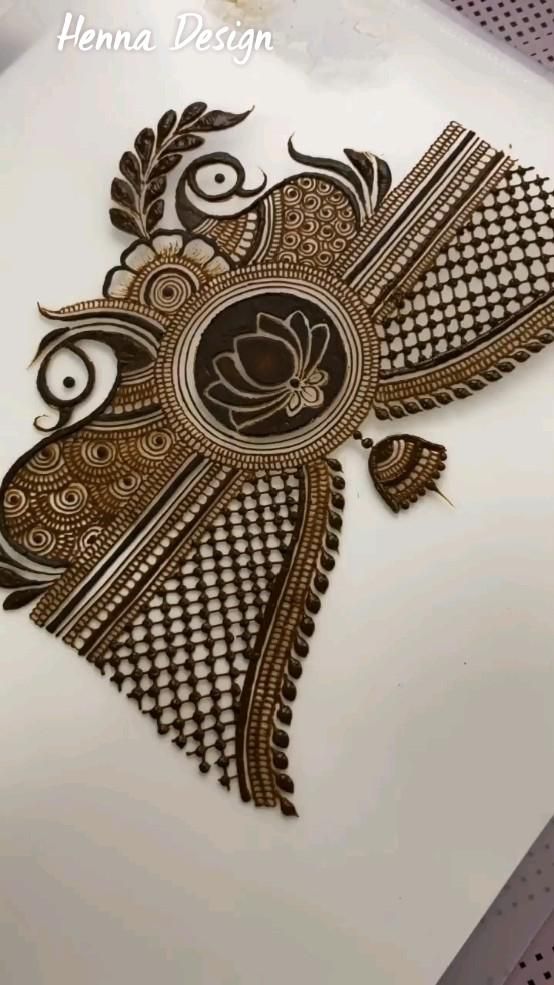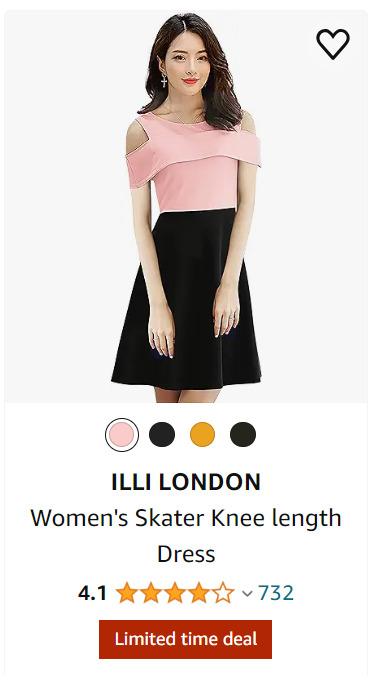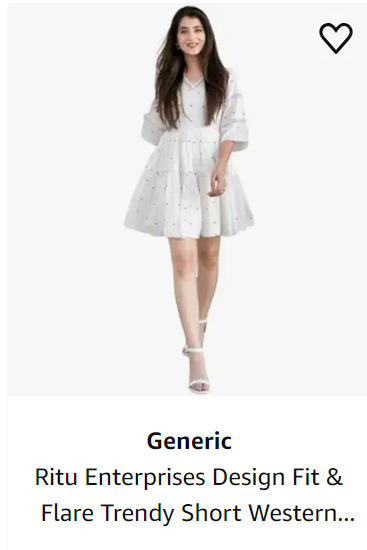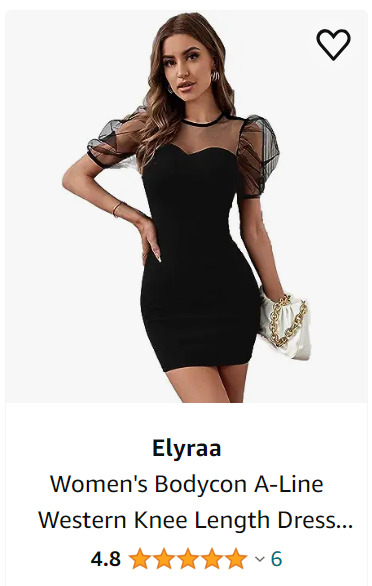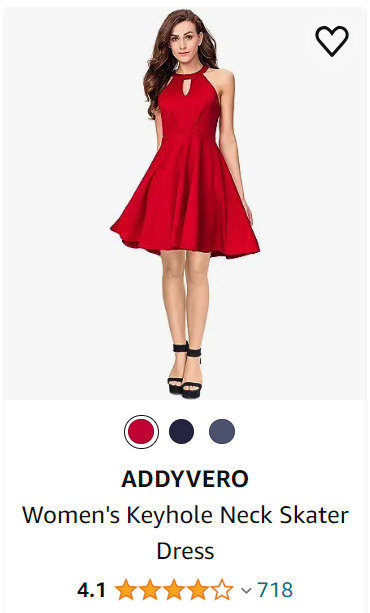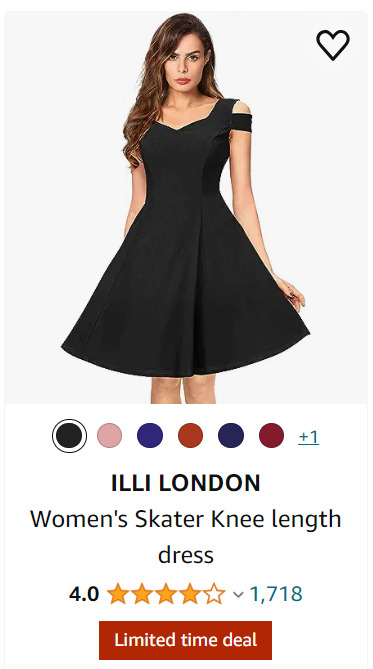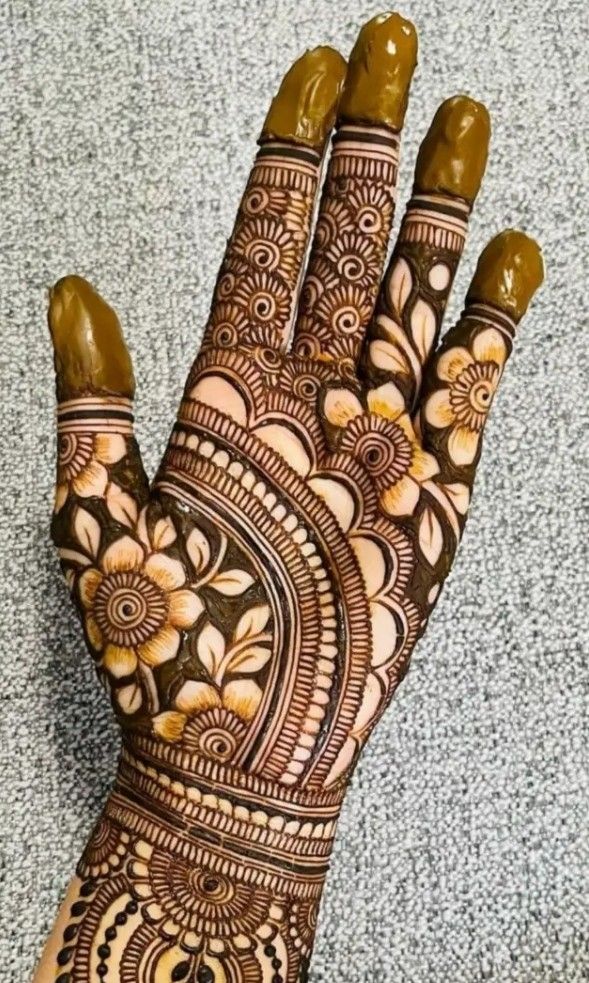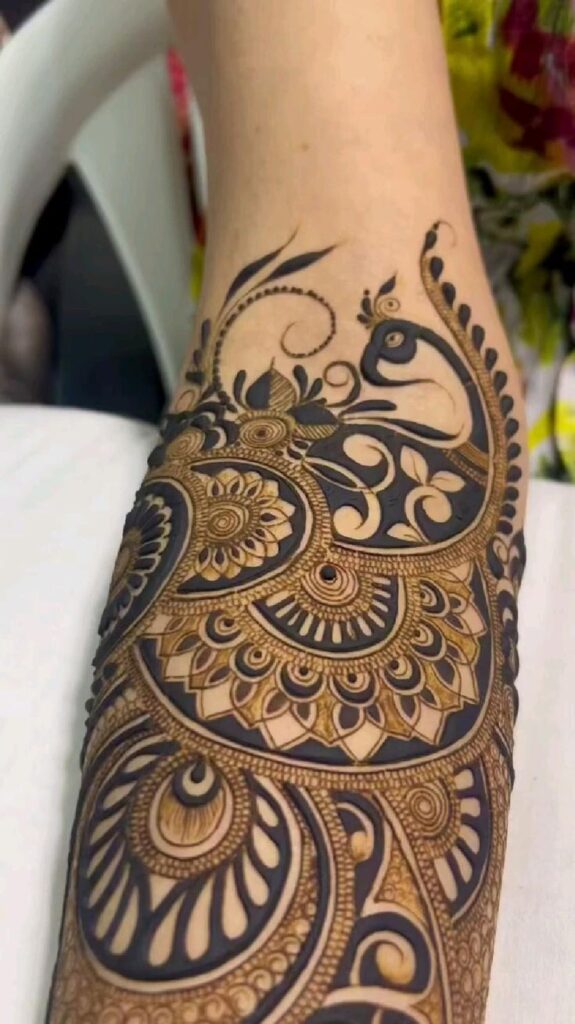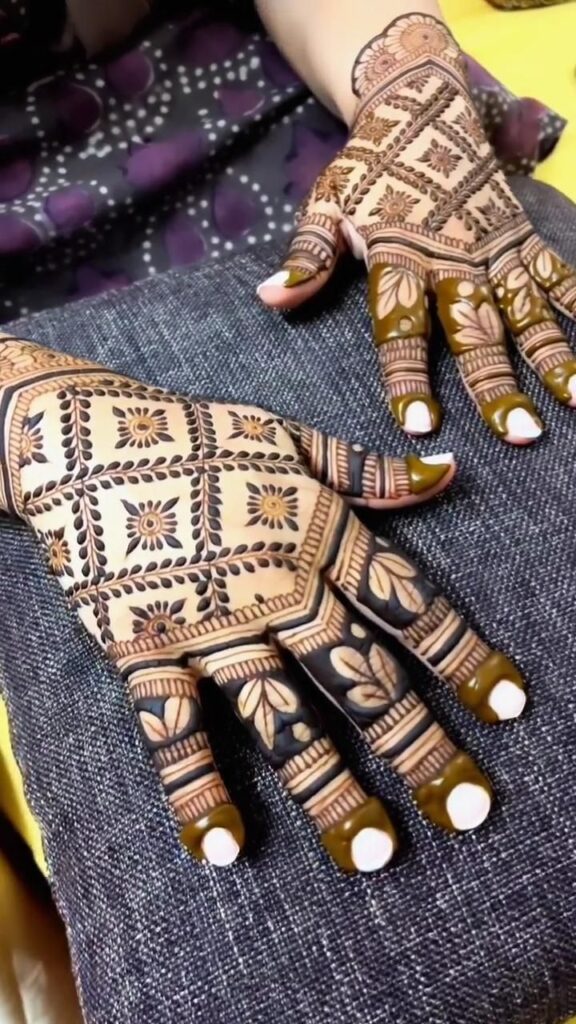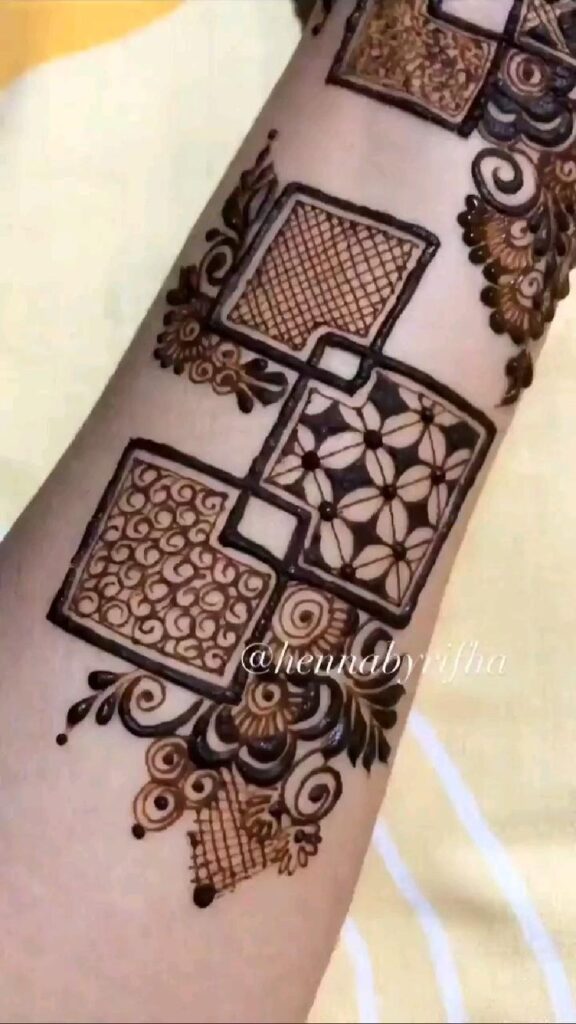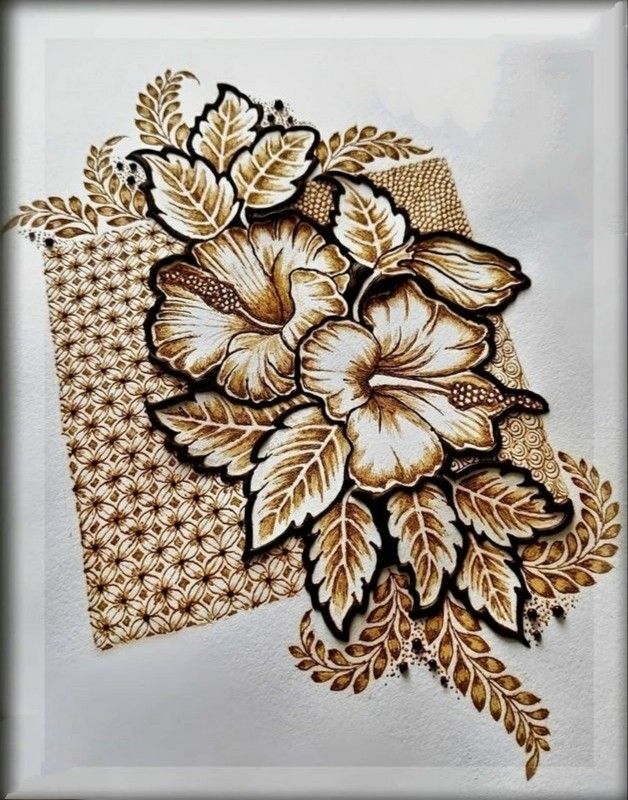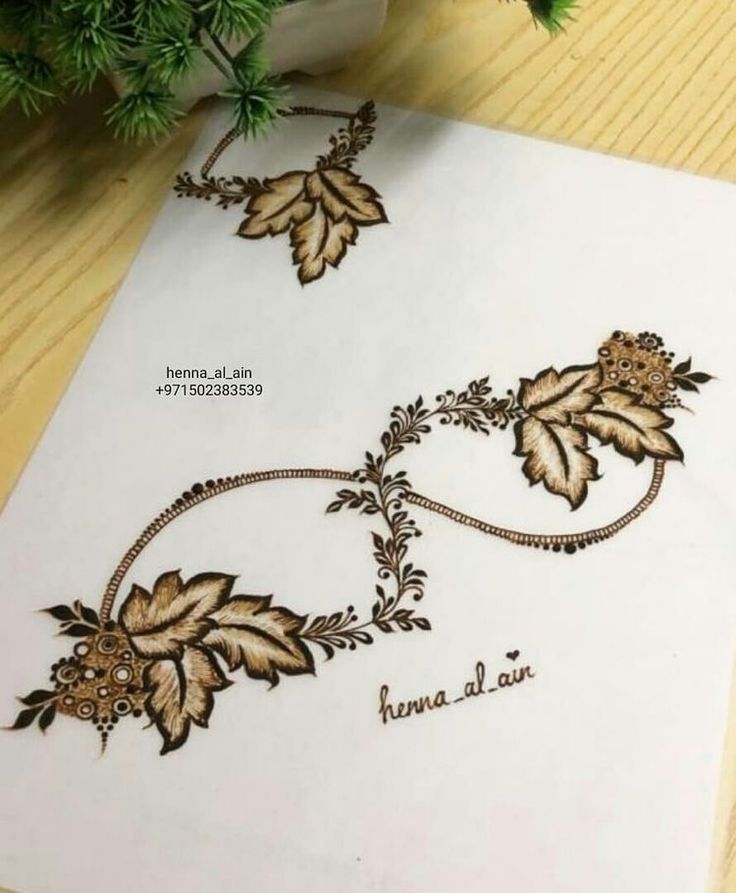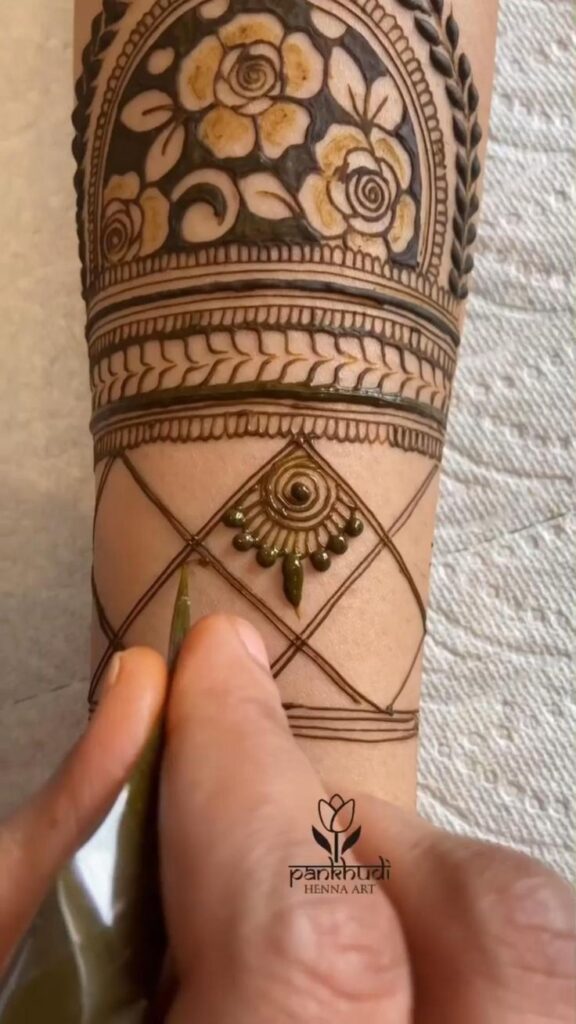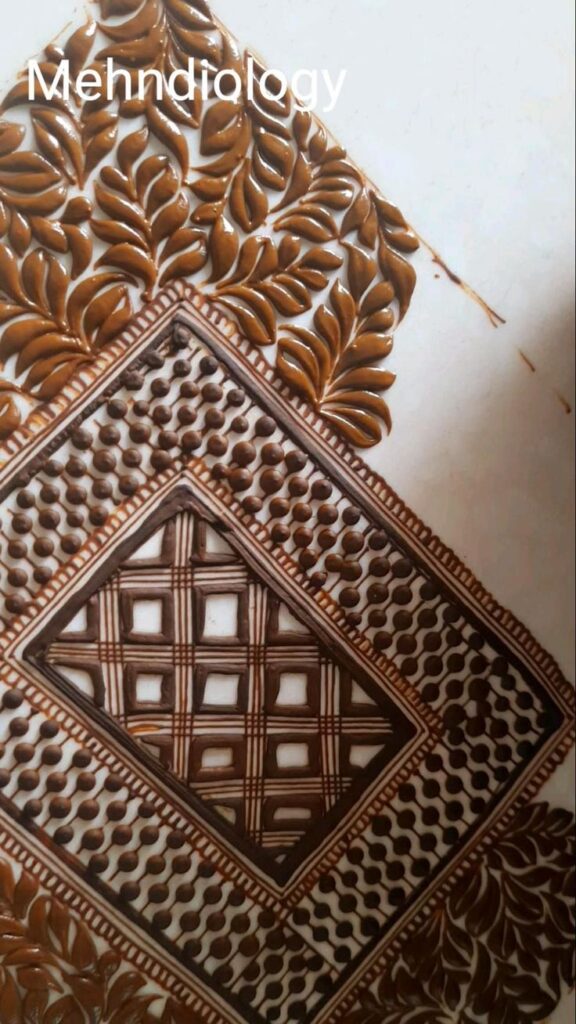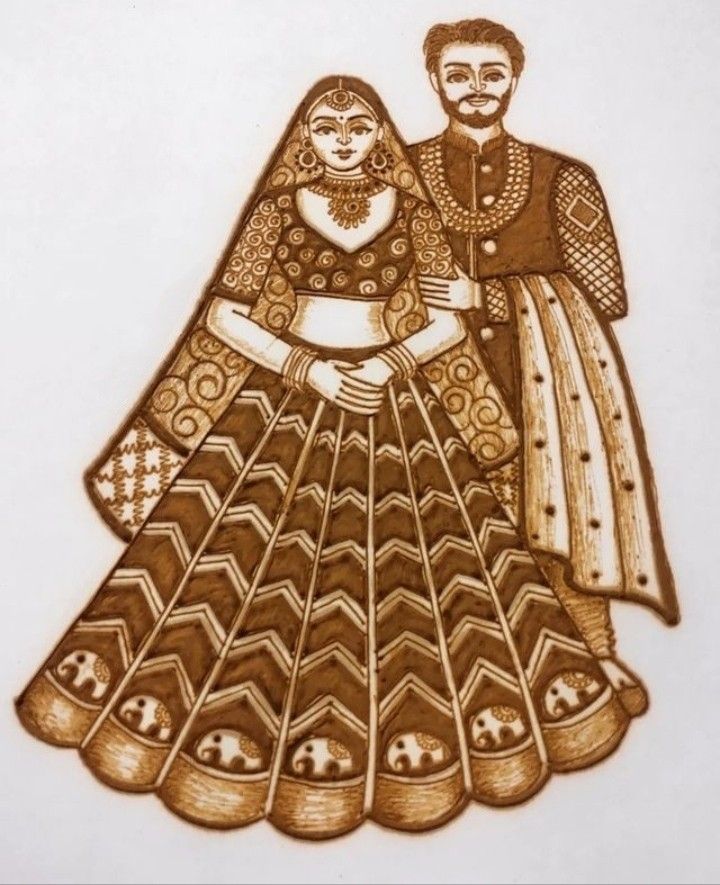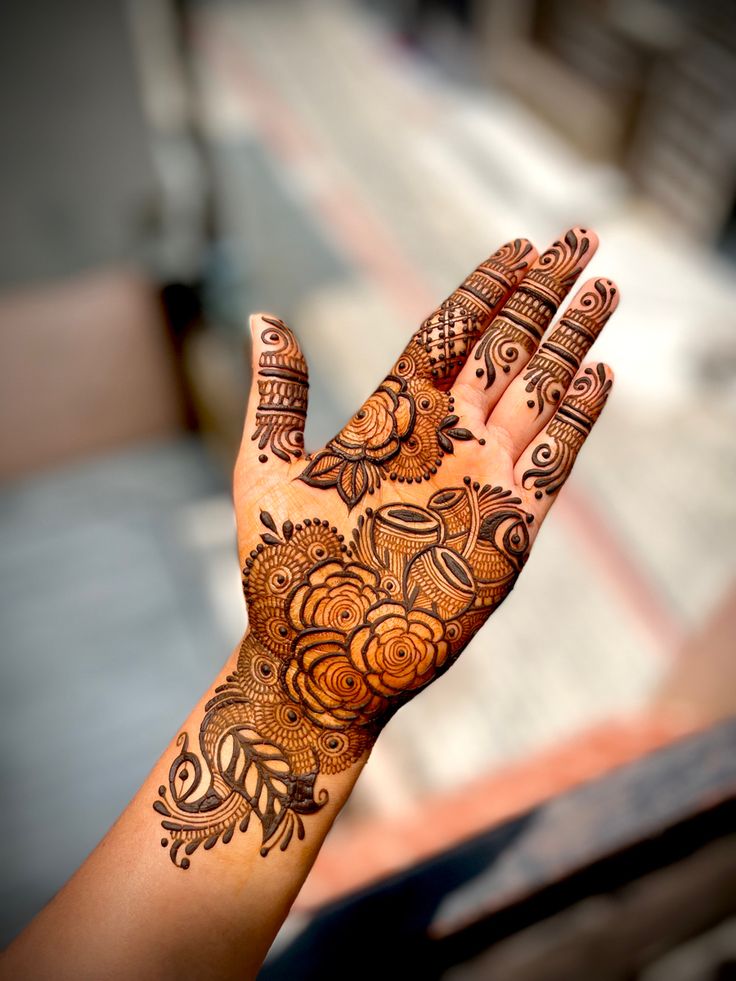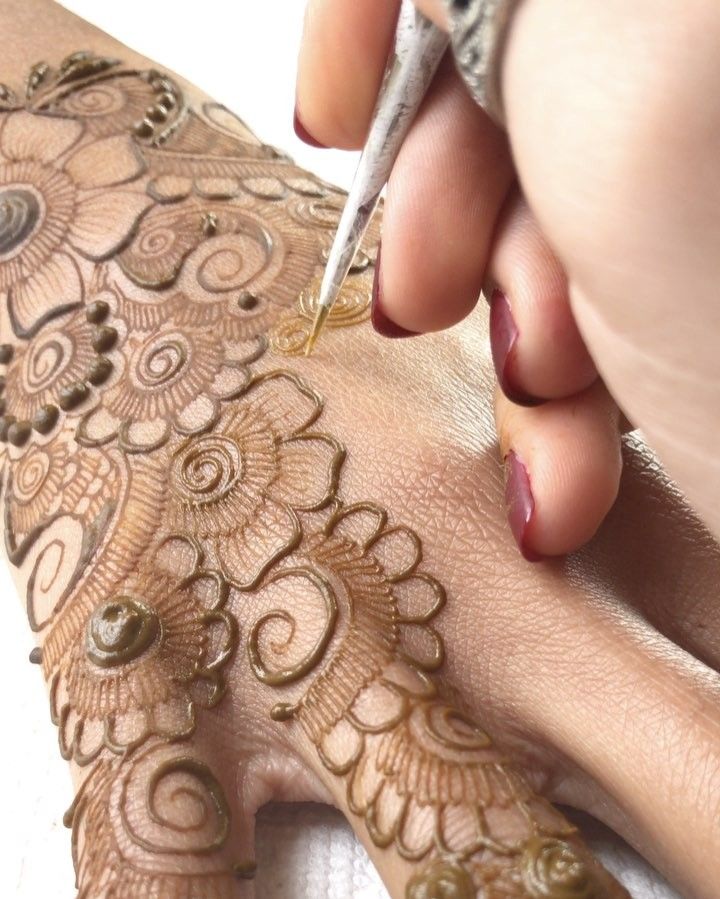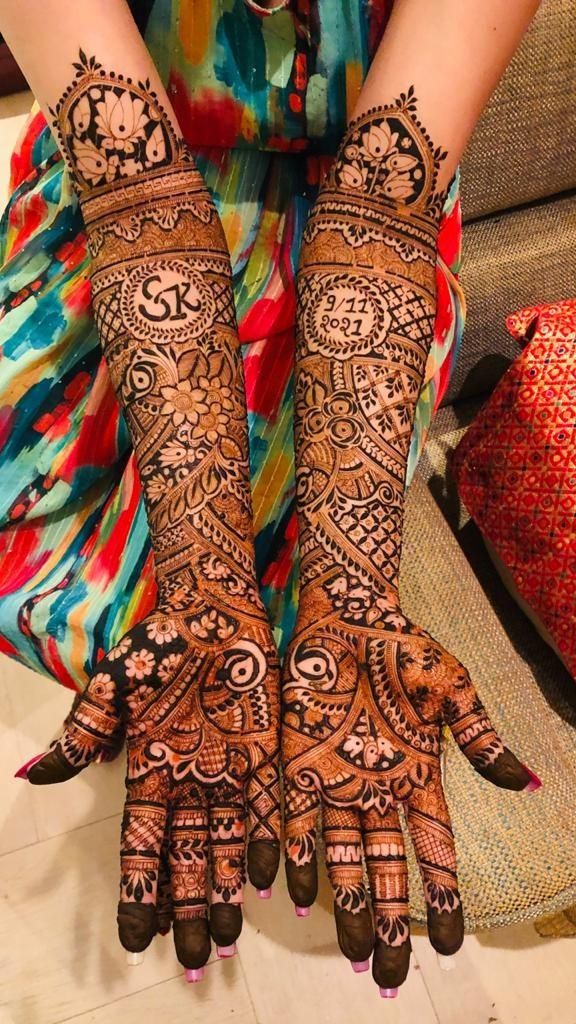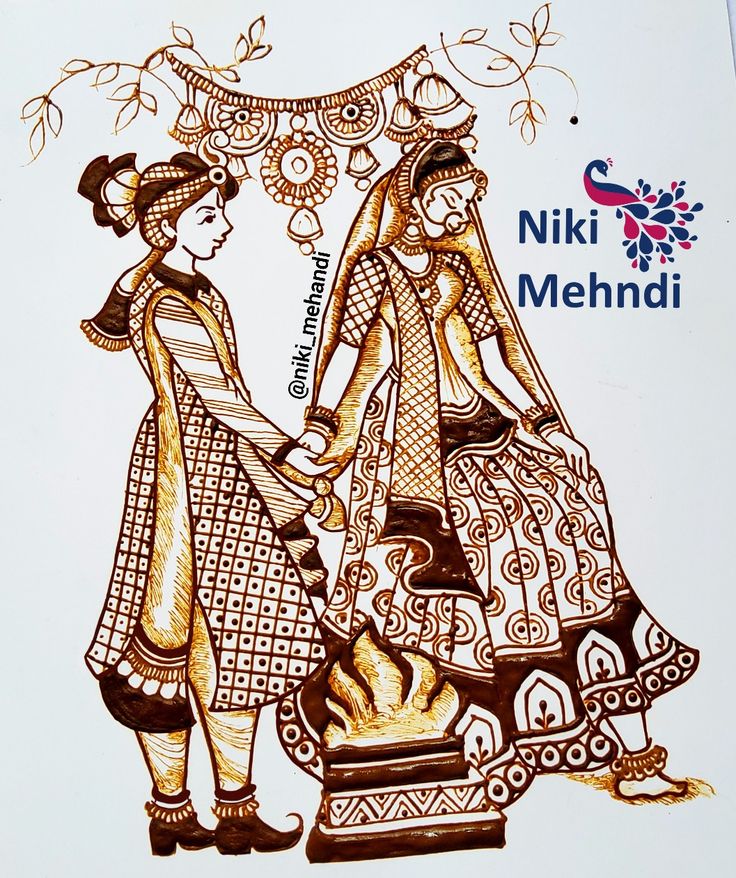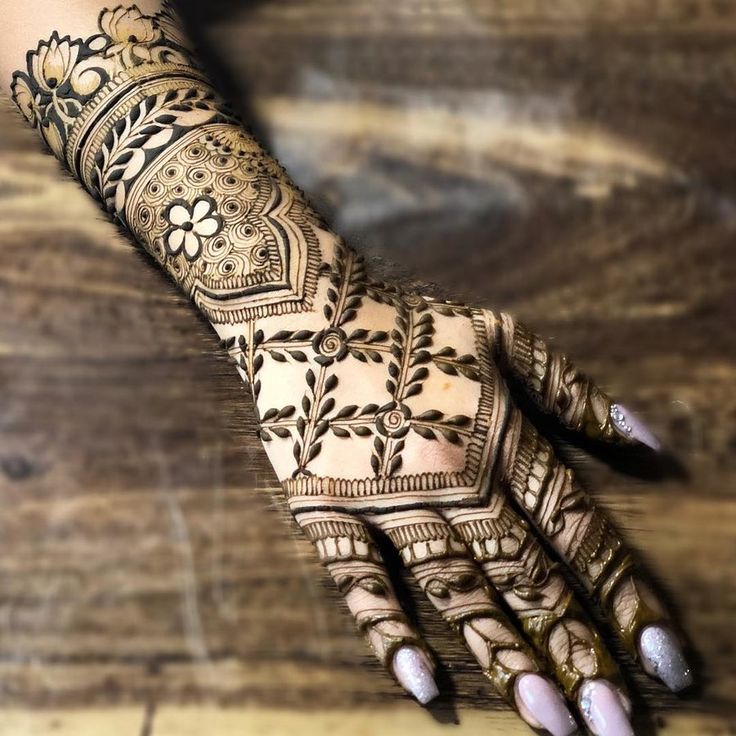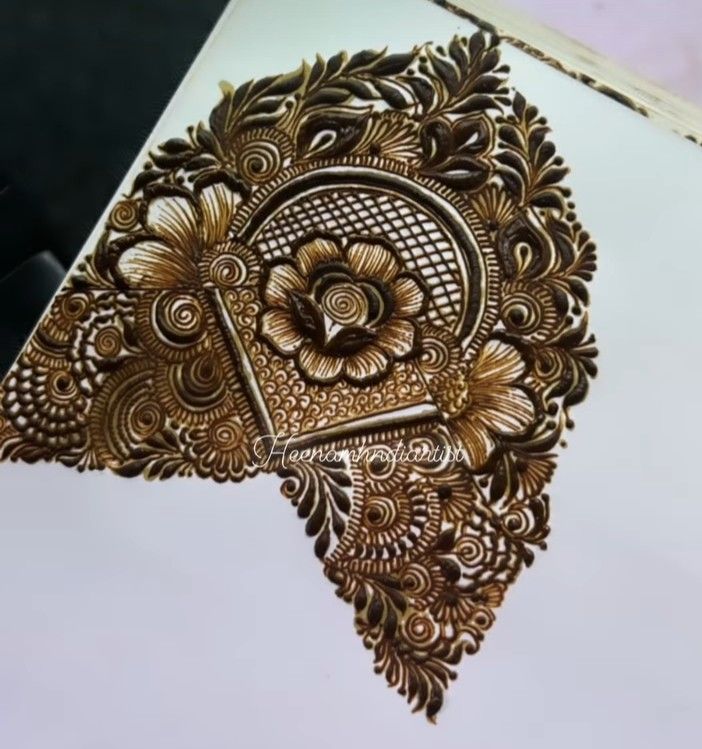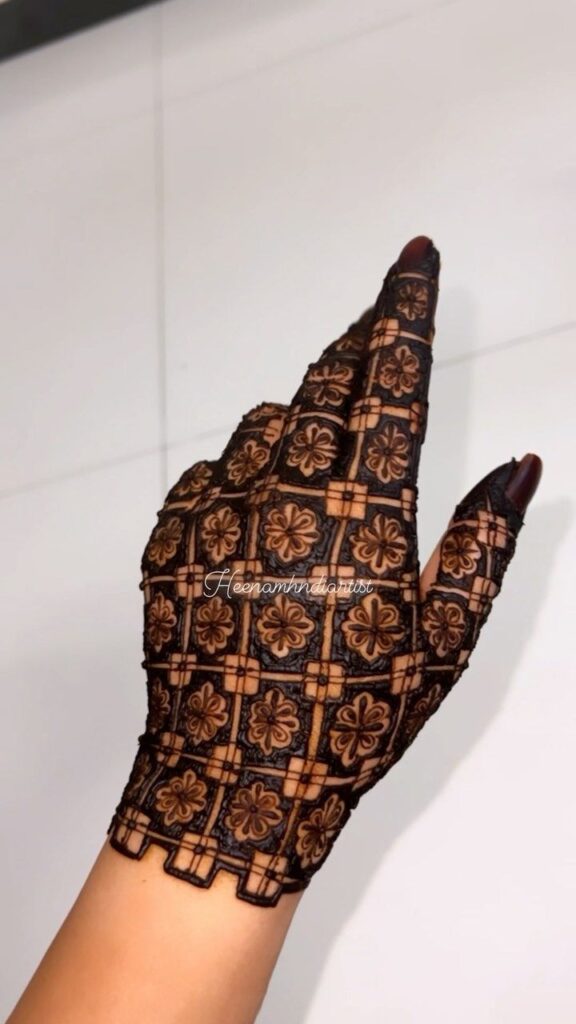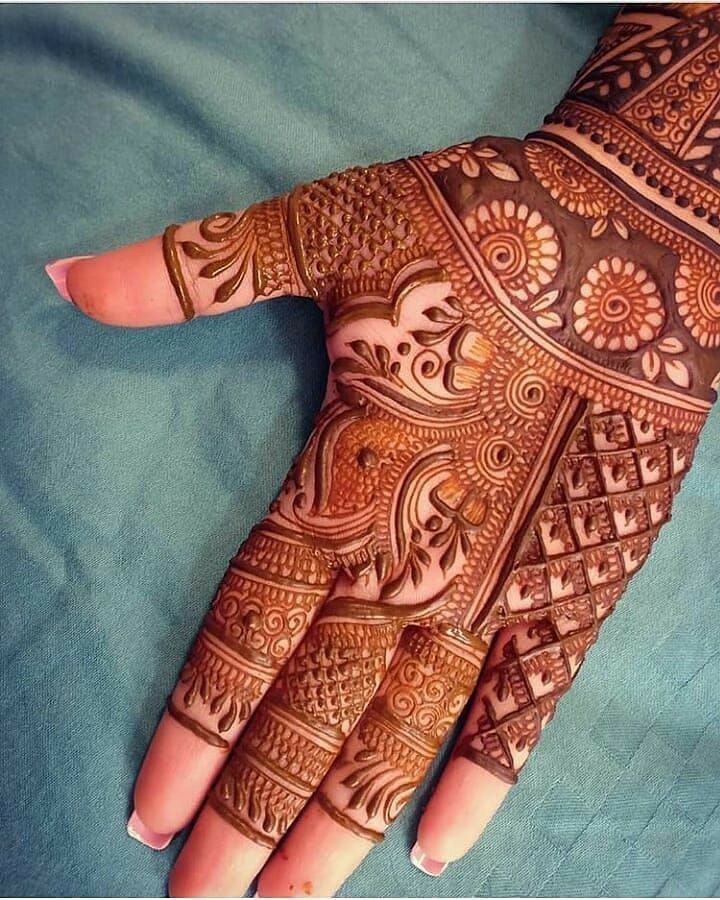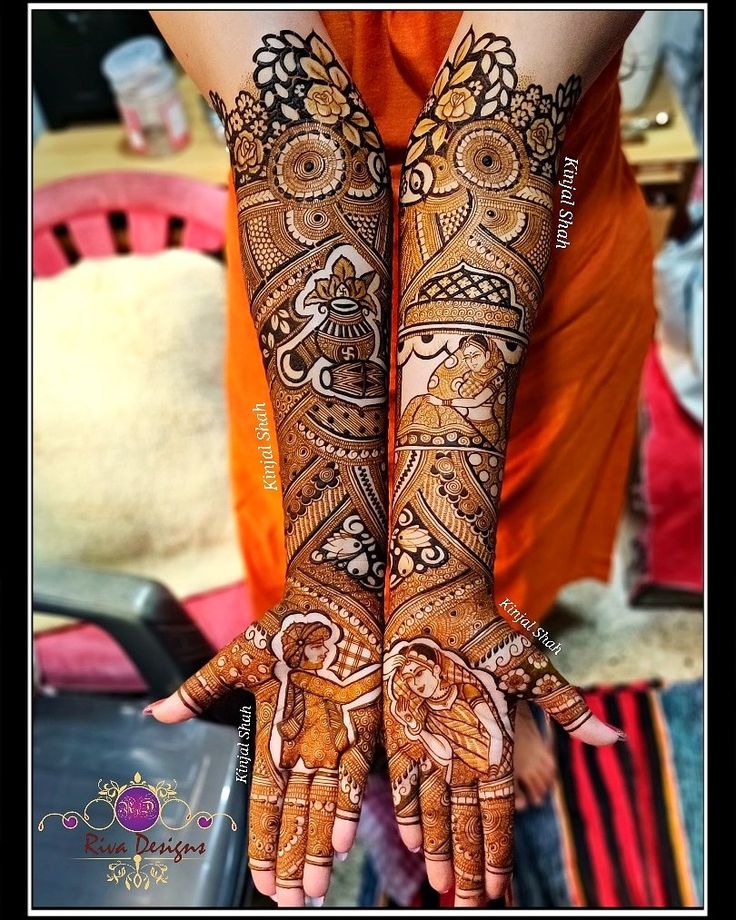Mehndi, also known as henna, is not just a form of body art but a cultural tradition that spans centuries. Among the myriad of mehndi designs, geometric patterns have emerged as a timeless and elegant choice. In this comprehensive guide, we will journey into the captivating realm of geometric mehndi designs. From understanding their cultural importance to learning how to create and maintain them, we will explore the world of geometry intertwined with the artistry of mehndi. Join us as we unravel the beauty and symbolism of these intricate designs, revealing the expertise and passion behind their creation.
The Significance of Geometric Mehndi Designs
Before delving into the art of geometric mehndi, it’s essential to understand the significance that these patterns hold in various cultures.
Cultural Significance
Geometric mehndi designs are not just aesthetically pleasing; they also carry cultural and spiritual significance. In many cultures, geometric patterns represent unity, balance, and harmony. They are often used to symbolize the interconnectedness of all things and the continuous cycle of life.
Occasions and Celebrations
Geometric mehndi designs are a popular choice for various occasions and celebrations. They are often used in weddings, festivals, and other significant events. These designs are seen as a way to bring good luck, protection, and blessings to the wearer.
The Artistry of Geometric Mehndi Designs
Creating stunning geometric mehndi designs requires a deep understanding of geometry, precision, and artistic flair. Then is a regard into the art involved:
Design Composition
Geometric mehndi designs are characterized by their intricate patterns and precise symmetry. Mehndi artists carefully plan the layout, ensuring that each element fits seamlessly with the overall design. Circles, triangles, squares, and other geometric shapes are combined to create visually appealing patterns.
Precision in Application
The application of mehndi paste for geometric designs demands precision. Mehndi artists use fine-tipped cones or applicators to create sharp lines and intricate details. Each shape is carefully filled, ensuring even spacing and consistency throughout the design.
Color Development
The final color of the mehndi design is influenced by various factors, including the quality of henna, the duration the paste is left on the skin, and aftercare. Mehndi artists often have their secret recipes for achieving the desired deep reddish-brown hue.
Creating Geometric Mehndi Designs: Step by Step
Now, let’s delve into the process of creating your own stunning geometric mehndi designs. Whether you’re a mehndi artist or a DIY enthusiast, these steps will guide you through the process.
Step 1: Prepare the Mehndi Paste
launch by preparing a smooth and harmonious mehndi paste. You’ll need high-quality henna powder, water, and optionally, essential oils like eucalyptus or tea tree oil. Mix the ingredients until you achieve a thick, creamy consistency. Allow the paste to sit for a many hours to release the color.
Step 2: Design Planning
Before you begin applying the mehndi paste, plan your design. Geometric mehndi designs often involve intricate patterns, so having a clear plan is crucial. You can sketch the design on paper or directly on the skin with a pencil if you’re confident in your freehand skills.
Step 3: Application
Carefully apply the mehndi paste using a fine-tipped applicator or cone. Begin by creating the central geometric shapes and then work your way outward. Maintain steady hand movements to ensure clean lines and even spacing. Patience is key during this stage.
Step 4: Drying and Setting
Allow the mehndi paste to dry naturally on your skin. This can take anywhere from a few hours to overnight, depending on the climate and thickness of the paste. Avoid any contact with water during this time, as moisture can interfere with the staining process.
Step 5: Removal and Aftercare
Once the mehndi paste has dried and cracked, gently scrape it off, revealing the mehndi stain underneath. Avoid water for the first 24 hours, as this allows the color to deepen. To maintain the design, moisturize your skin regularly and protect it from excessive water exposure.
FAQs (Frequently Asked Questions)
Q1: How long does a geometric mehndi design typically last?
A1: Geometric mehndi designs can last anywhere from one to three weeks, depending on factors such as the quality of henna and how well it’s cared for.
Q2: Are geometric mehndi designs suitable for men as well?
A2: Absolutely! Geometric mehndi designs are versatile and can be adapted to suit any gender. Many men opt for geometric patterns for a unique and stylish look.
Q3: Can I create my own mehndi paste at home?
A3: Yes, you can prepare mehndi paste at home using henna powder, water, and essential oils. There are many recipes available online, but it’s important to ensure the quality of the henna powder you use.
Geometric Mehndi Design Trends
As with any art form, mehndi design trends evolve over time. Here are some of the latest trends in geometric mehndi designs:
1. Minimalistic Geometry
Minimalism is making its mark in the world of geometric mehndi. Simple and elegant geometric patterns with clean lines and negative space create a modern and sophisticated look.
2. Geometric Bridal Mehndi
Brides are increasingly opting for intricate geometric mehndi designs that blend traditional and contemporary elements. These designs often extend from the hands to the forearms and feature elaborate geometric motifs.
3. Geometric and Floral Fusion
A fusion of geometric and floral patterns is gaining popularity. This blend combines the elegance of geometric shapes with the softness of floral motifs, resulting in a harmonious and balanced design.
4. Black Mehndi
Black mehndi, which is a combination of henna and other natural ingredients, is being used to create bold geometric designs. The striking contrast against the skin creates a captivating effect.
Conclusion
Geometric mehndi designs are a testament to the intricate artistry and cultural significance of mehndi. These patterns, with their precise symmetry and timeless elegance, offer more than just aesthetic appeal. They symbolize unity, balance, and the interconnectedness of all things. Whether you’re a mehndi artist seeking to master geometric designs or an enthusiast looking for a unique and meaningful adornment, geometric mehndi offers a captivating journey into the world of geometry and tradition. Embrace the beauty of shapes and patterns, and let your skin become a canvas for art and symbolism that will leave a lasting impression.

